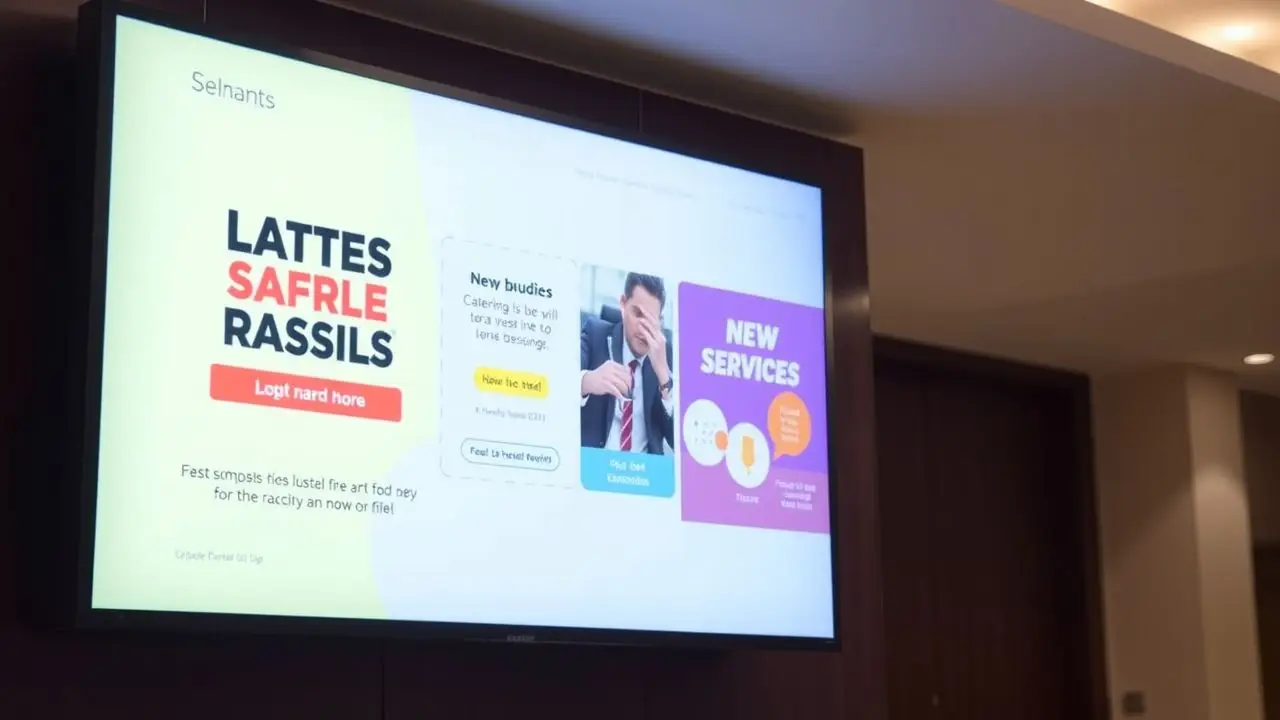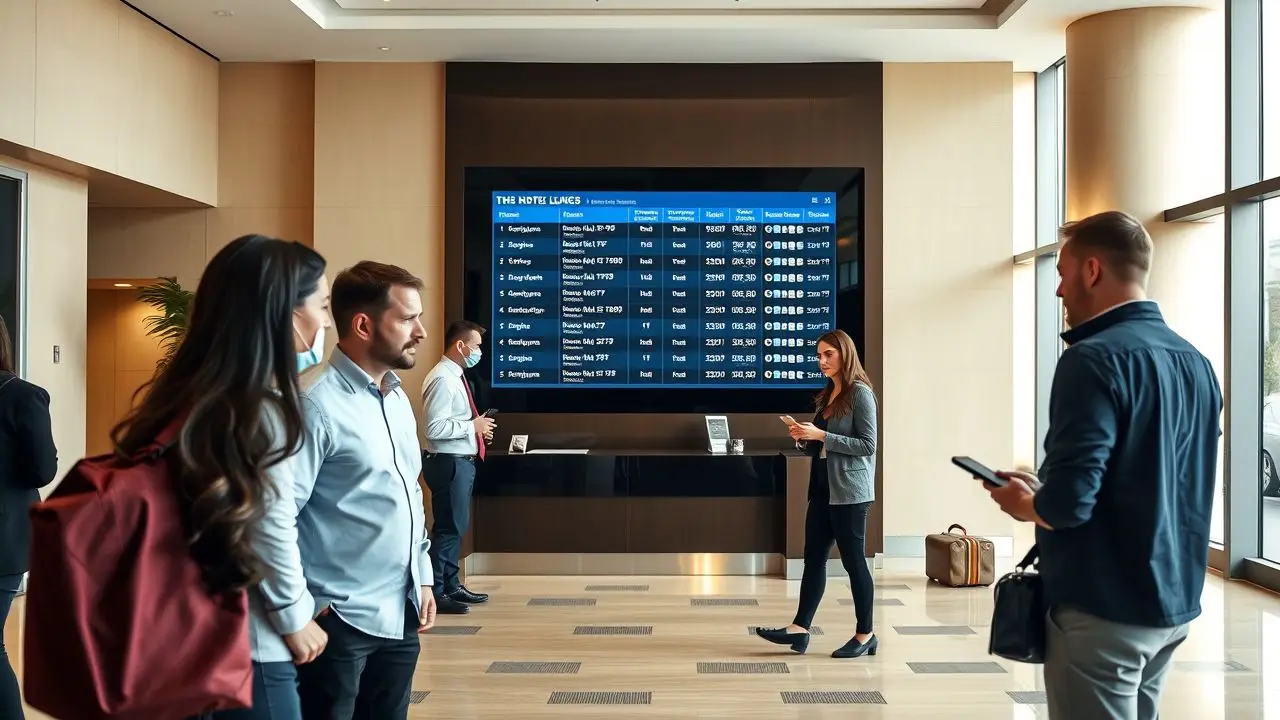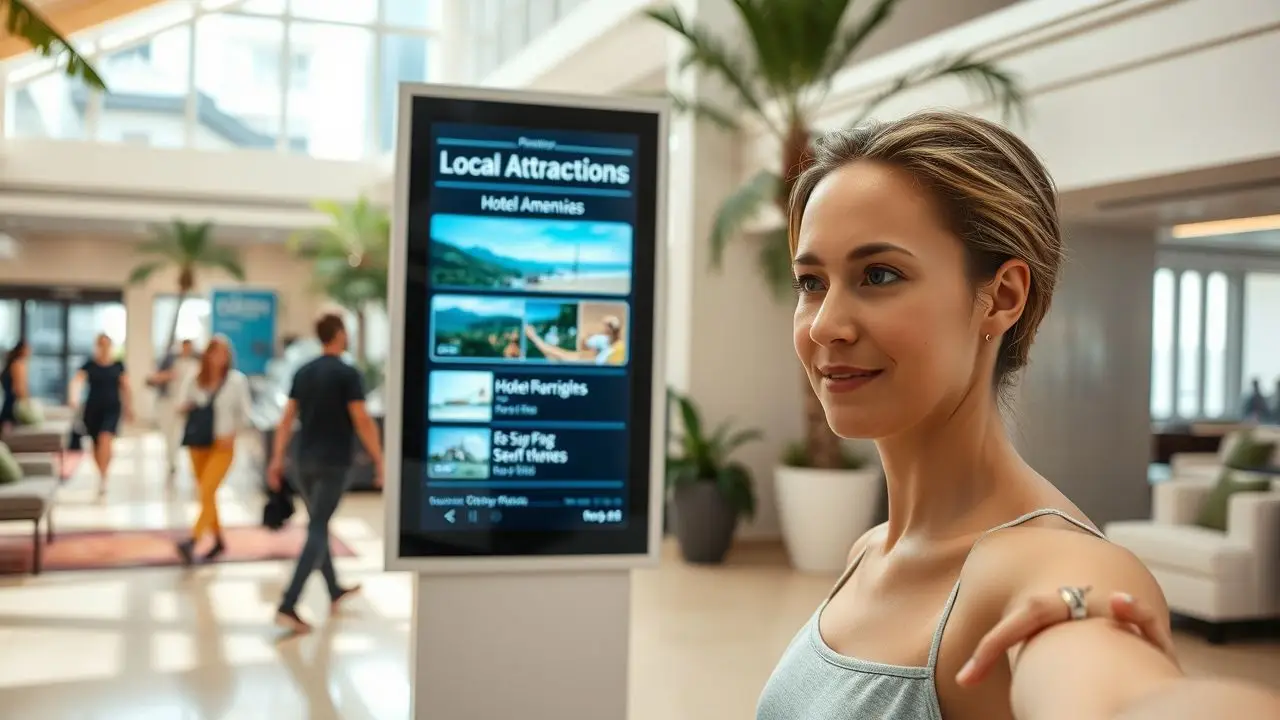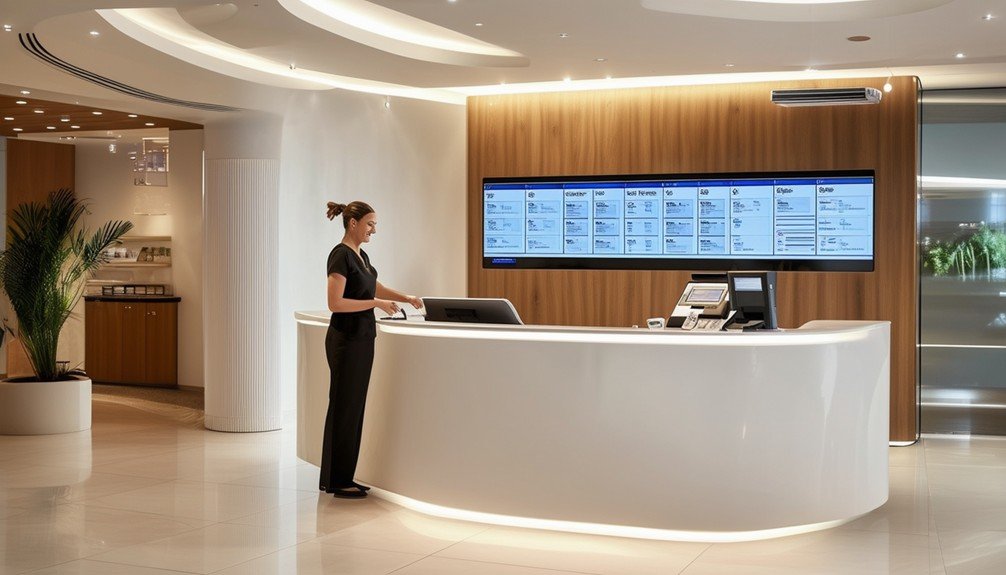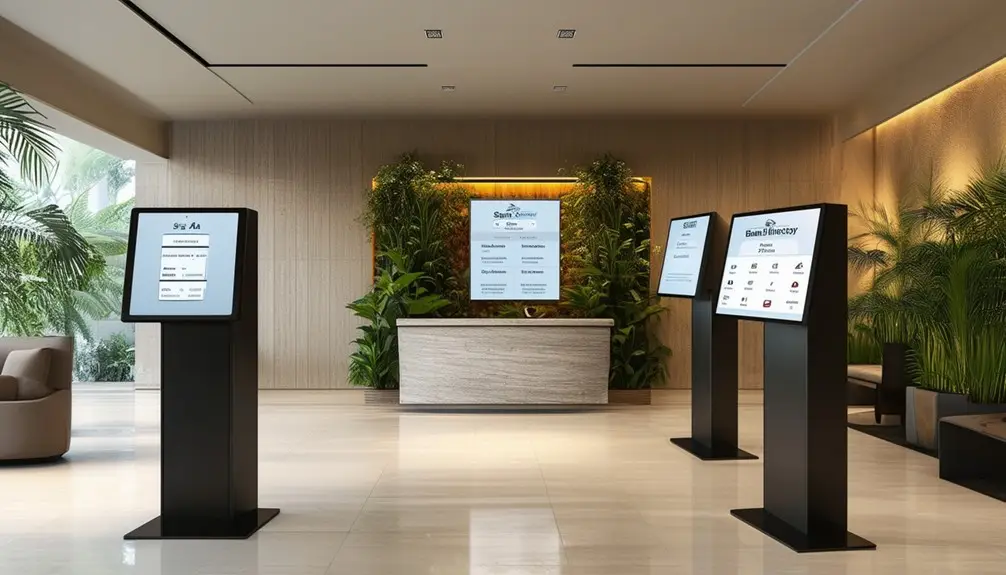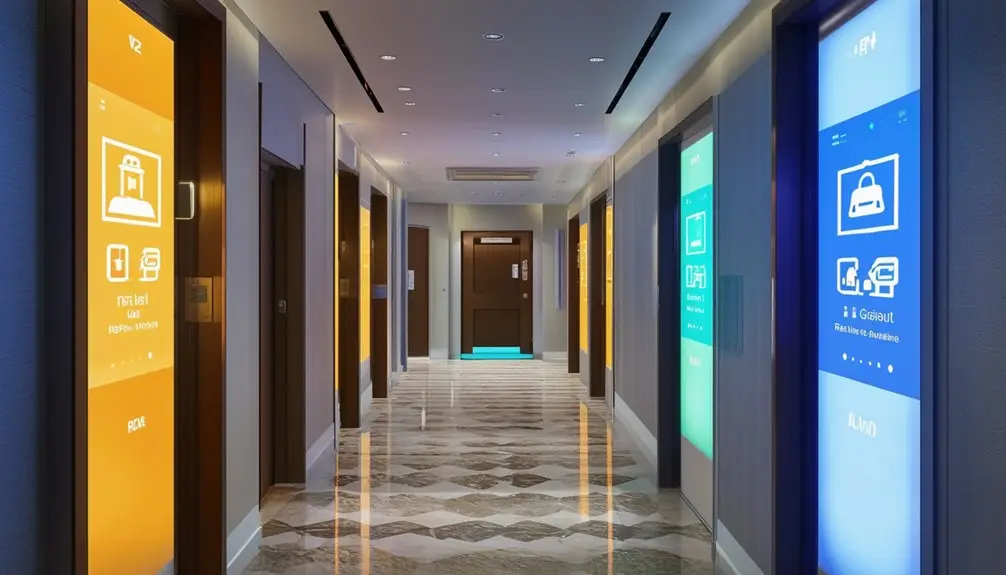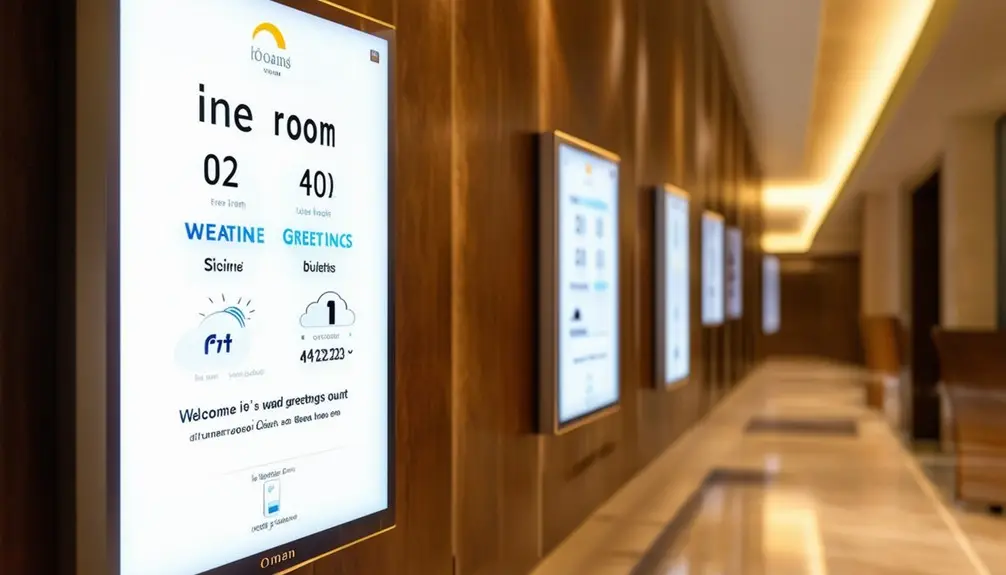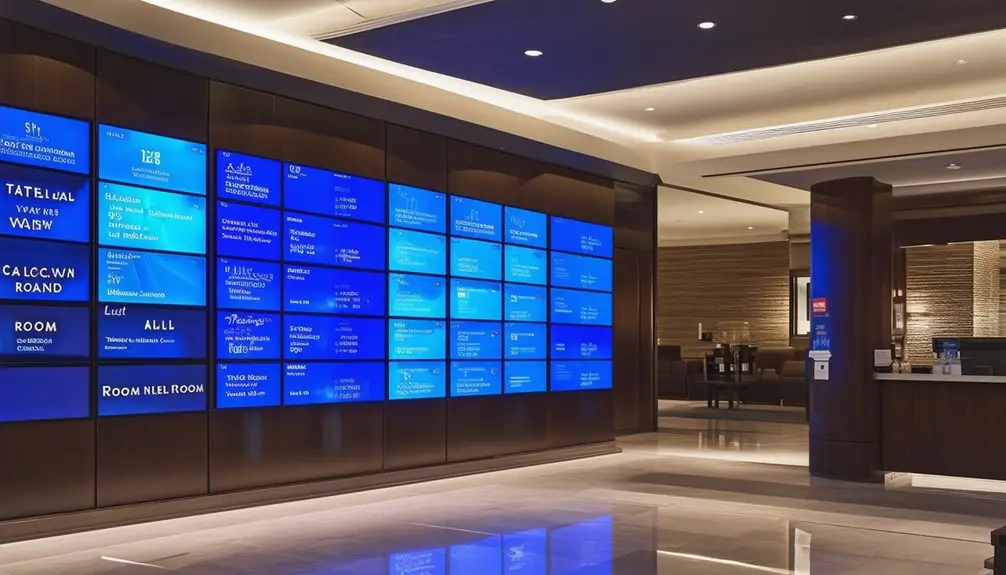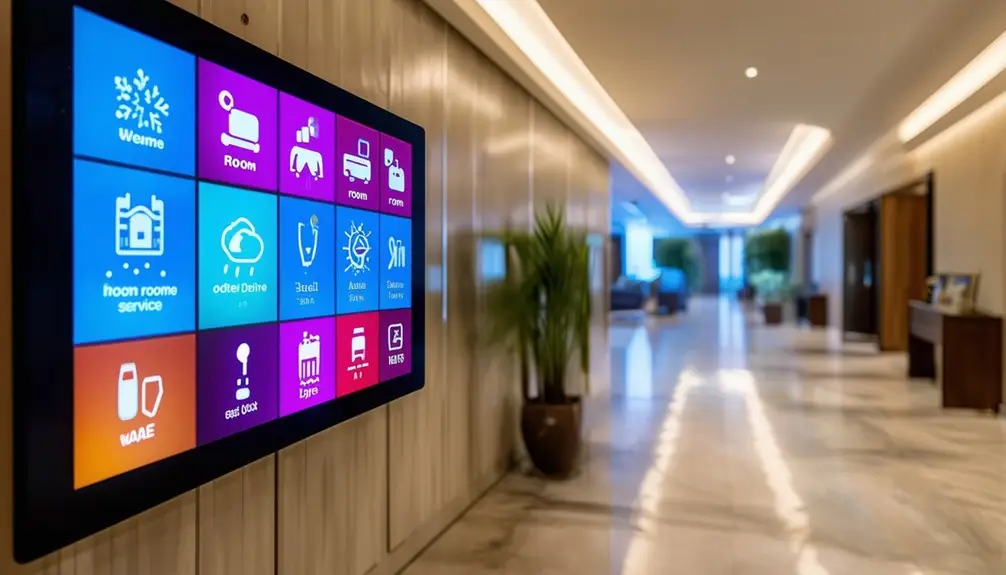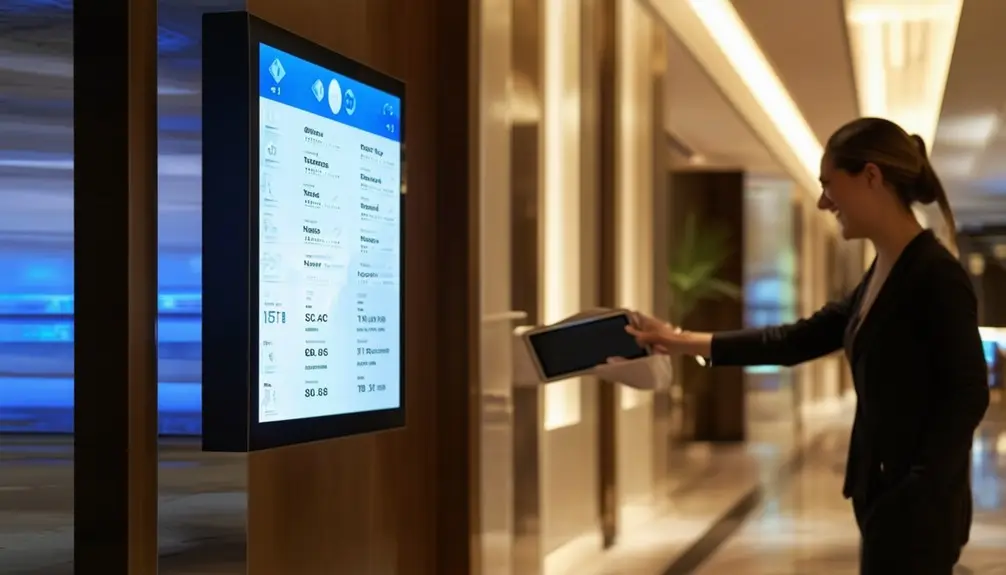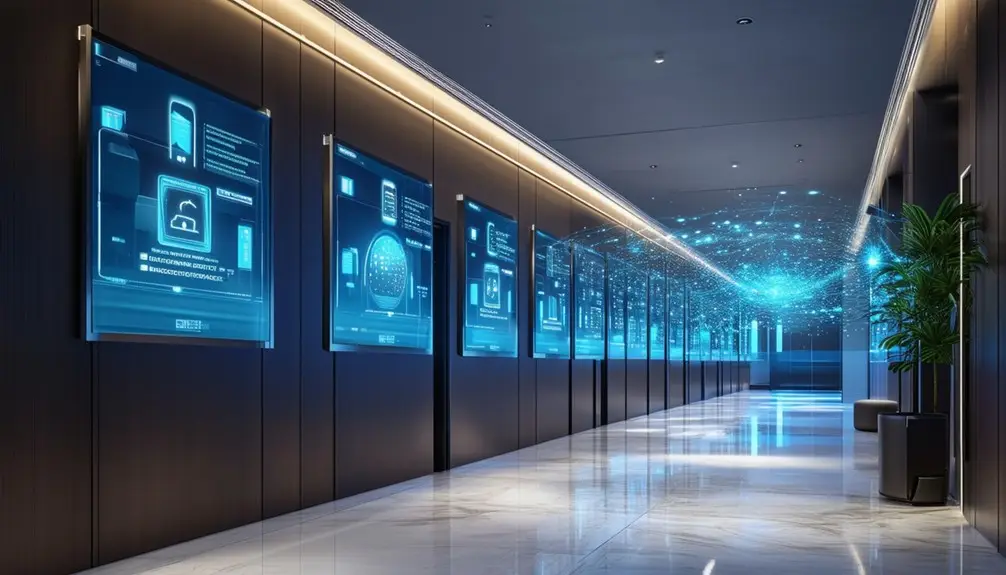Car dealerships face a big challenge in keeping buyers interested. One fact is clear: digital signage plays a key role in today’s auto industry marketing services. This blog will show how LED signs and interactive displays can boost sales and customer engagement in car showrooms.
Keep reading to learn more!
Key Takeaways
- Digital signage catches people’s eyes and helps car dealerships sell more cars by showing bright, moving images of deals and cars.
- Different types include standalone displays, interactive kiosks, video walls, and outdoor signs. They show deals, let customers learn on their own, grab attention outside, and guide visitors.
- Putting in digital signs saves money because it cuts down on print ads’ costs. Changing deals or information is fast and does not waste paper.
- Training staff to manage these digital tools well leads to better sales and happier customers since they can update content quickly and help visitors use kiosks.
- Checking how well the signs work with data like customer interaction and sales linked to promotions shows what changes can make them even better at selling cars.
Why Digital Signage is Essential for Dealerships
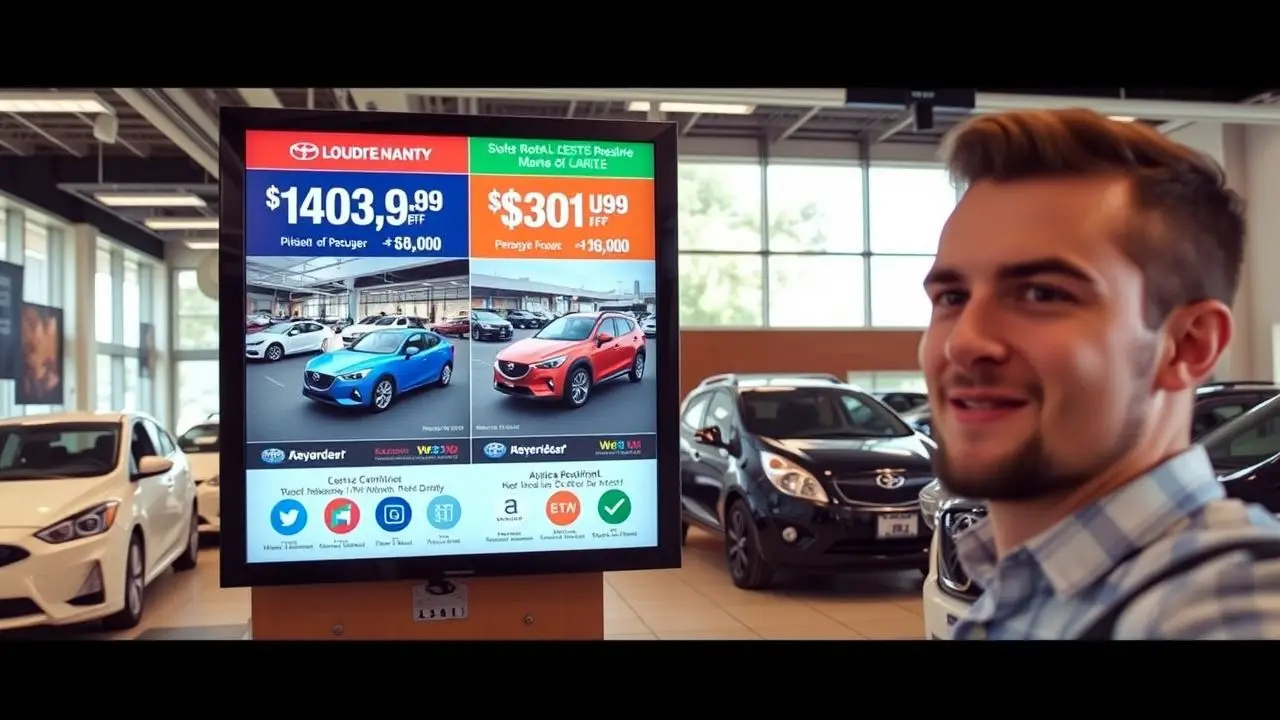
Digital signage helps dealerships connect with customers. It grabs attention and keeps people engaged.
Boosts sales and engagement

Digital signage boosts sales and engagement at car dealerships. It captures customers’ attention quickly with bright screens and moving images. Customers are more likely to stop and look when they see a special promotion or an exciting video.
This visual appeal makes shopping for cars more fun.
Dynamic offers can change instantly. Dealerships can show different deals throughout the day, attracting more buyers. As a result, these displays increase customer interest and drive sales up.
Engaging content keeps customers informed about promotions, leading to better engagement in the showroom.
Enhances customer experience
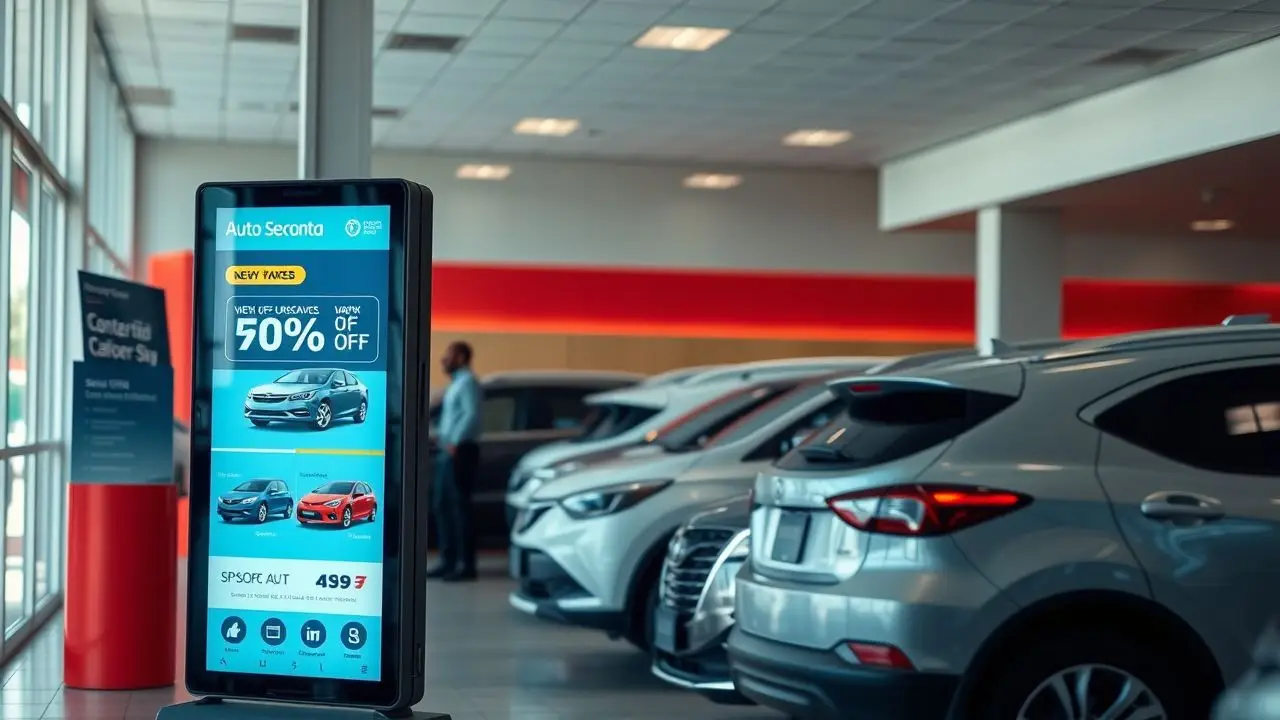
Customers enjoy a better experience with auto dealership digital signage. Bright displays catch their attention. They showcase cars and special offers clearly. This visual appeal makes the showroom inviting.
Interactive kiosks allow customers to explore features on their own. They can learn about various models easily. Staff can spend more time helping buyers instead of answering basic questions.
First-hand experience shows that happy customers lead to increased sales in car dealerships. Dynamic signage keeps the information fresh and engaging, making visitors feel valued and informed.
Cost-efficient
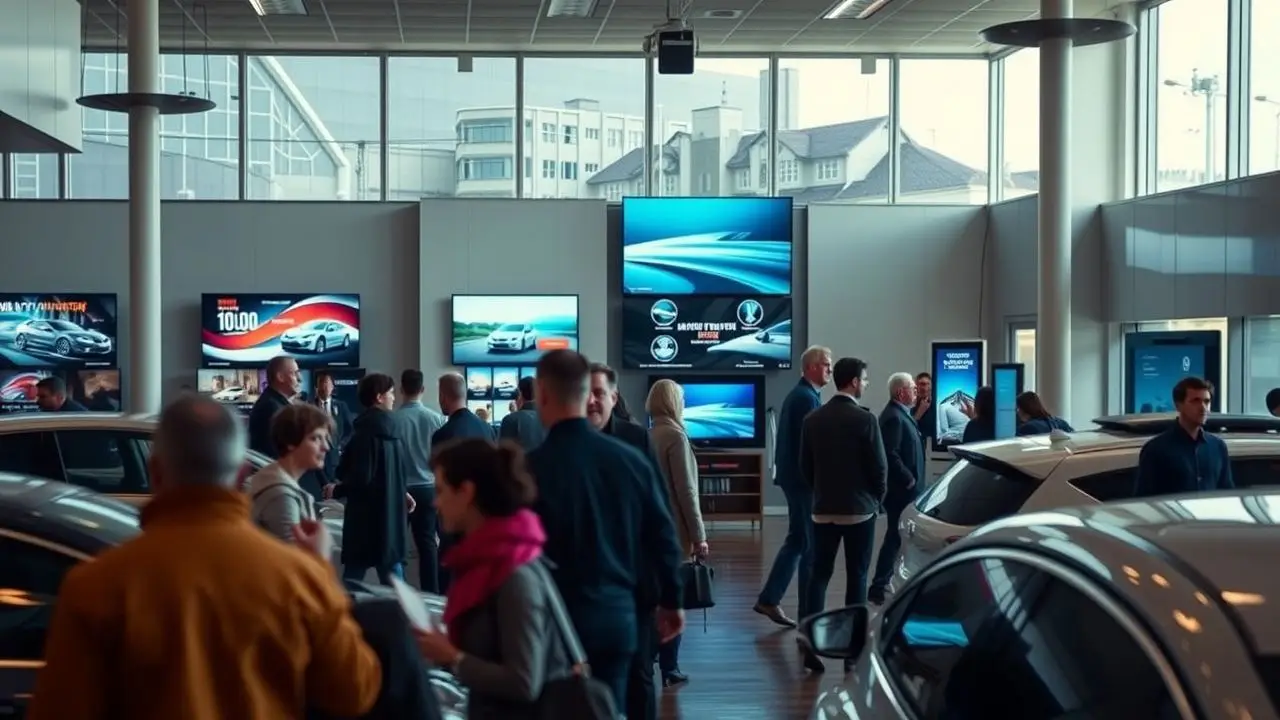
Digital signage is cost-efficient for car dealerships. It reduces printing costs since changes can be made quickly and easily. Dealerships can use automotive digital signage to show dynamic promotions.
With this, they save time and money on traditional advertising methods.
Using digital displays helps improve brand awareness too. Instead of spending on flyers or posters, LED signage captures attention in a fun way. Customers engage more with interactive kiosks and video walls than with static signs.
This leads to more sales without the high costs of print materials.
Types of Digital Signage Used in Car Dealerships

Car dealerships use different types of digital signage to attract customers. They have standalone displays, interactive kiosks, video walls, and outdoor signs to guide visitors.
Standalone displays
Standalone displays are common in car dealerships. They show information clearly and attract attention. These digital screens can display dynamic content, like promotions or new arrivals.
Their bright visuals improve brand awareness and engage customers.
Dealerships use standalone displays to highlight special offers or features of vehicles. This type of signage is cost-effective and easy to manage. Staff can update the content quickly without much effort.
As a result, customers stay informed about sales promotions as they walk through the showroom.
Interactive kiosks
Interactive kiosks are a great tool for car dealerships. They allow customers to explore vehicles and services on their own. These digital displays engage shoppers with touchscreens that show important information.
Customers can view prices, features, and promotions easily.
Many dealerships have seen increased sales after adding these kiosks. Shoppers enjoy being able to control what they see and learn at their own pace. This boost in engagement helps improve brand awareness too.
First-hand experience shows that interactive digital signage makes visits more enjoyable for everyone involved.
Video walls and digital posters
Video walls and digital posters play a big role in car dealerships. These displays grab attention with bright colors and sharp images. They can show cars, promotions, or important information quickly.
Customers enjoy looking at dynamic content that changes often.
Using video walls creates excitement in the showroom. It enhances visual appeal and draws customers closer to vehicles on display. Digital posters are cost-effective marketing tools as well.
They help improve brand awareness by sharing messages clearly with everyone who walks by. First-hand experience shows that these displays can increase sales and boost customer engagement effectively.
Outdoor digital signage and wayfinding solutions
Outdoor digital signage helps car dealerships attract more attention. Bright, colorful displays catch the eyes of passersby. These signs can show promotions, special offers, or new arrivals.
They create excitement and draw customers inside.
Wayfinding solutions guide visitors around the dealership lot. Clear directions help customers find specific cars or areas quickly. This convenience enhances customer experience and keeps people engaged.
Outdoor signage is a cost-effective way to improve brand awareness in the automotive industry.
Benefits of Digital Signage for Dealerships

Digital signage boosts customer interest at car dealerships. It shows dynamic promotions that can lead to more sales.
Enhances customer engagement
Digital signage greatly enhances customer engagement in car dealerships. It draws attention with bright colors and moving images. Customers are more likely to stop and look at screens showing current promotions or new arrivals.
This visual appeal captivates potential buyers and keeps them interested.
Interactive kiosks also play a big role. They allow customers to explore features of different cars at their own pace. First-hand experience shows that people enjoy learning about vehicles this way.
Engaging displays create a lively atmosphere, making the car-shopping process fun and enjoyable for everyone involved.
Increases sales with dynamic promotions and offers
Dynamic promotions and offers boost sales at car dealerships. They grab attention with bright graphics and rotating messages. Customers see special deals right away. This can lead to more purchases quickly.
Showroom digital displays show new offers instantly. They create excitement about cars and services. By using cost-effective signage, dealerships save money on traditional ads. Engaging content helps raise brand awareness too, which brings in more customers over time.
Saves time and money
Digital signage saves time and money for car dealerships. It cuts down on printing costs for posters and flyers. Dealerships can quickly change messages or offers with just a few clicks.
This means they can respond to market changes right away.
Using digital displays makes it easier to attract customers. Dynamic customer engagement becomes simple and effective. Dealerships spend less time managing ads, which leads to cost-effective marketing strategies.
As a result, they have more resources available to improve brand awareness while boosting sales through engaging promotions.
Implementing and Managing Digital Signage for Success
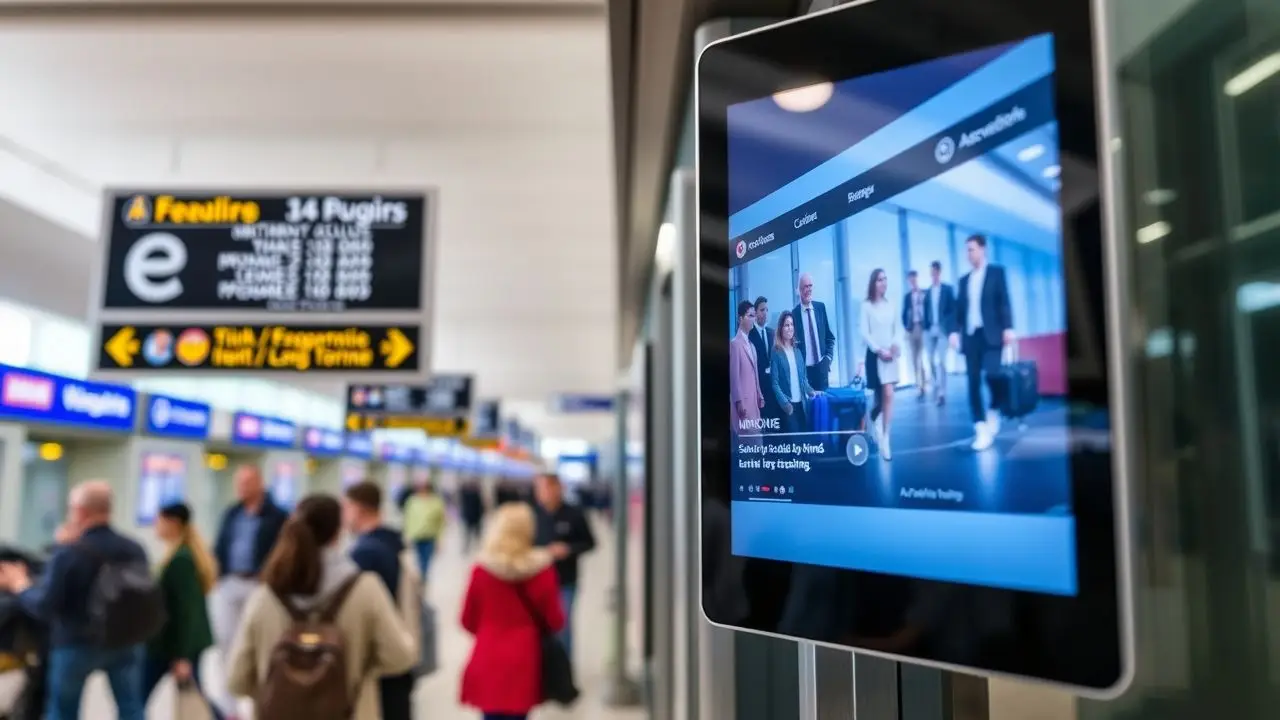
To use digital signage well, choose a solution that fits your needs. Train your staff to manage it effectively and check the results often to see what works best.
Choosing the right digital signage solution
Choosing the right digital signage solution is key for car dealerships. Many options exist, and each serves a specific need. Standalone displays work well for showing ads or promotions.
Interactive kiosks engage customers and help them find information fast.
A dealership once switched to video walls for their showroom displays. This change resulted in a 30% increase in customer engagement within just three months. Outdoor digital signage attracts attention from people passing by.
Cost-effective signage helps spread brand awareness without breaking the bank. Finding the best fit can boost sales and improve customer experience significantly.
Training staff for effective management
Training staff is key to using digital signage well. Effective management can lead to higher sales and better customer experiences.
- Teach staff how to operate the digital displays. Employees should know how to turn displays on and off. They must understand how to change content quickly.
- Show workers how to use software tools for updates. Using simple programs can make posting news easy. Staff should feel confident in uploading new promotions or offers instantly.
- Explain the importance of customer interaction with kiosks. Staff should guide customers in using these interactive displays. This helps visitors find information they need quickly.
- Use real-life examples during training sessions. These examples can show workers the impact of good signage on sales. Learning from others’ successes gives them ideas for their own dealership.
- Encourage regular check-ins among staff about signage updates. Team members should communicate on what works best for customer engagement. Frequent discussions can spark creative ways to improve visual appeal.
- Set goals for monitoring success with digital advertising metrics. Staff should track which promotions bring more customers through the door. Analyzing this data can help improve future marketing strategies.
- Provide ongoing support for staff after initial training sessions. Workers may have questions as they gain experience with digital displays over time. Regular follow-up ensures everyone feels capable and informed.
- Foster a culture of learning within the dealership team regarding retail technology trends in automotive marketing services. Keeping updated with new technologies keeps the dealership competitive in the market space, enhancing brand awareness improvement .
- Share success stories from other dealerships that use digital signage effectively, showing clear benefits like increased sales from dynamic promotions and offers found through case studies in your industry.
Monitoring and measuring success with data-driven advertising
Effective monitoring and measuring drive success. Using data helps dealerships track how well their digital signage performs.
- Analyze customer interactions. Check how many people engage with the car dealership digital displays. This shows what draws attention.
- Track sales linked to promotions. Look at sales numbers before and after showing ads on standalone displays or video walls. This reveals the impact of digital signage on sales increase.
- Use software tools for reporting. These tools can collect data on viewer count and engagement time. Reports help refine marketing strategy based on real results.
- Set goals for improvement. Decide what metrics to monitor, like foot traffic or conversion rates from interactive kiosks. Goals keep teams focused on growing engagement.
- Assess cost-effectiveness of campaigns. Compare spending against revenue generated from in-store advertising efforts. Cost-effective signage saves money while boosting profits.
Using these steps ensures a clear view of how digital signage works in the automotive industry marketing services landscape. Data-driven insights lead to better decisions for future campaigns in car dealerships.
Real-world case studies and success stories
A car dealership in Texas used digital signage to boost sales. They installed showroom digital displays featuring special offers. After three months, their sales increased by 20%. Customers enjoyed the visual appeal enhancement of the signs and often stopped to look at promotions.
Another example comes from a dealership in California. They set up interactive kiosks for customers to explore vehicle features. This cost-effective marketing strategy led to higher customer engagement.
First-hand experience showed that visitors stayed longer and asked more questions about cars on display, boosting sales even further.
Conclusion

Digital signage can change how auto dealerships sell cars. It grabs attention and keeps customers engaged. With the right tools, dealerships can show exciting deals in real time. They save money and time with smart advertising.
Embrace digital signage to boost sales and enhance the customer experience today!
FAQs
1. What is Auto Dealership Digital Signage?
Auto Dealership Digital Signage is a cost-effective marketing tool used in auto dealerships to drive sales and engagement through in-store advertising.
2. How does digital signage help an auto dealership?
Digital signage helps an auto dealership by improving customer engagement, promoting special deals, highlighting new models, and ultimately driving more sales.
3. Can digital signage reduce the costs for an auto dealership?
Yes, as a form of cost-effective signage, digital displays can reduce traditional advertising expenses while enhancing visibility and attracting potential buyers.
4. Is it hard to update information on digital signs at an auto dealership?
No! The beauty of Auto Dealership Digital Signage lies in its ease of updating content frequently which keeps customers engaged with up-to-date promotions or model information.


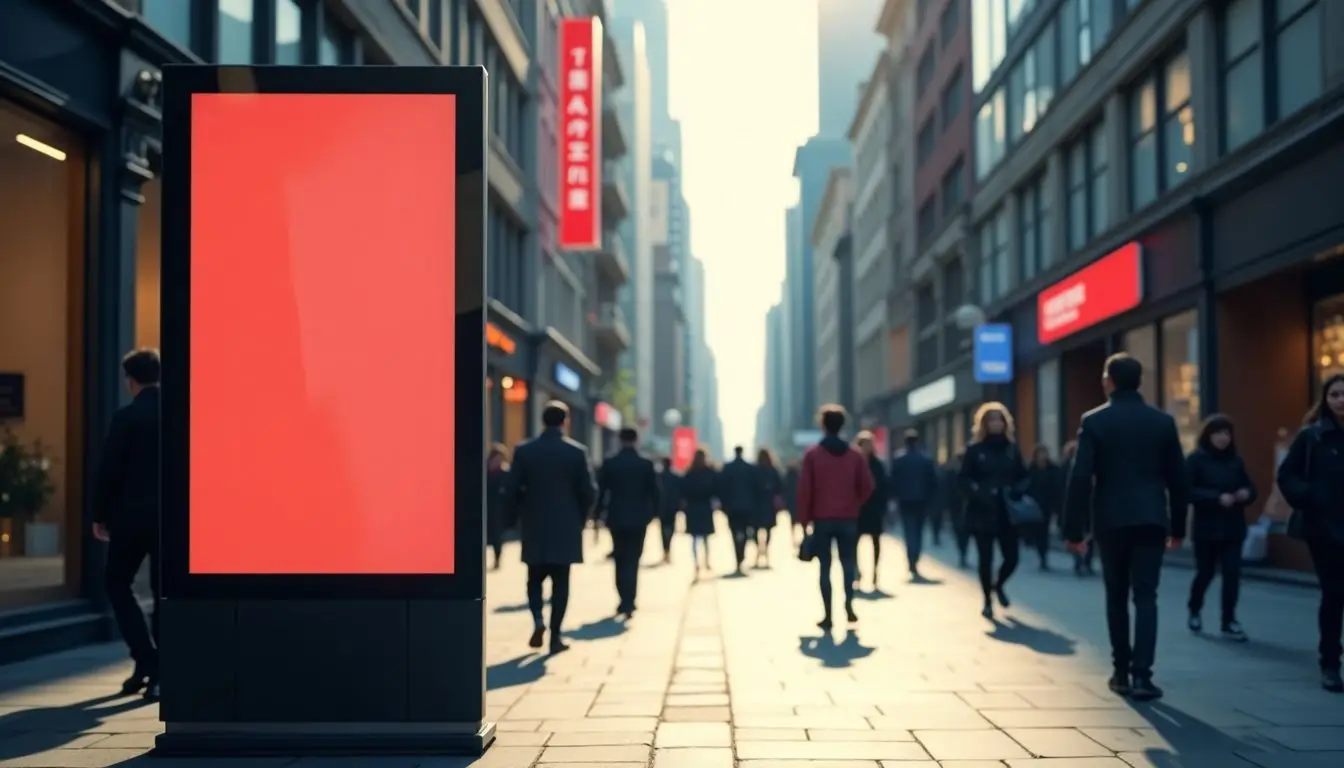

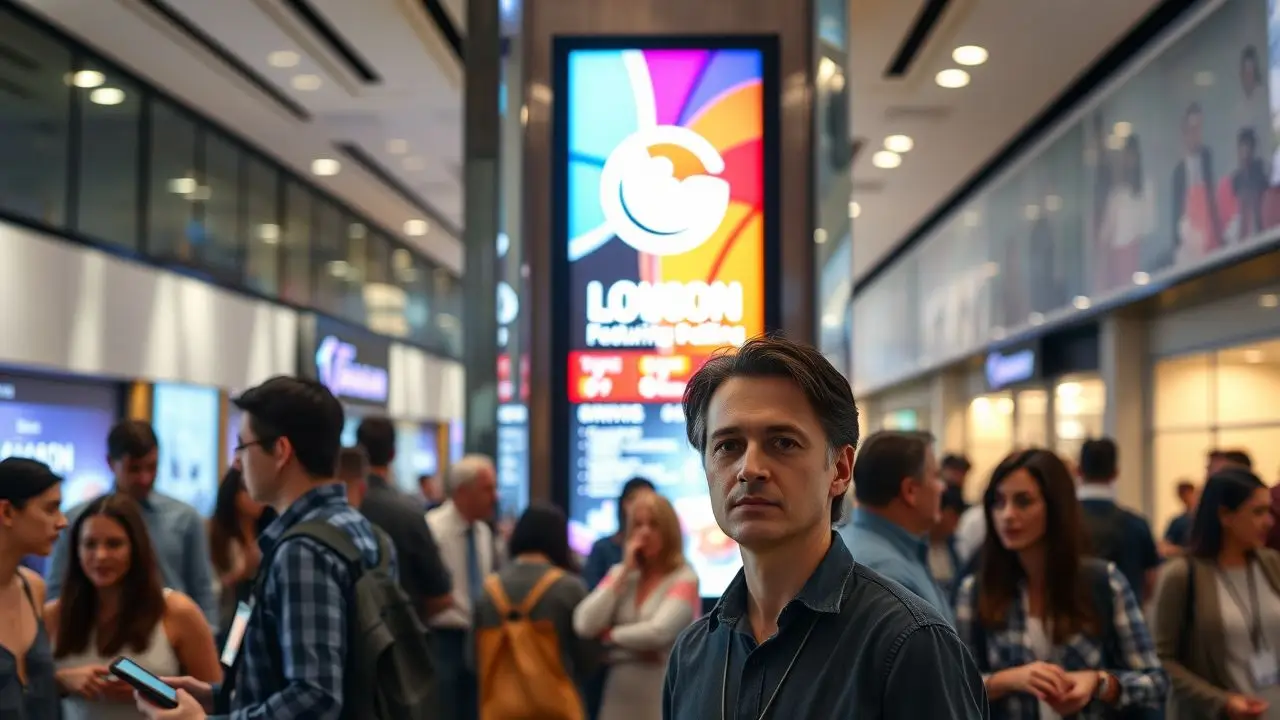

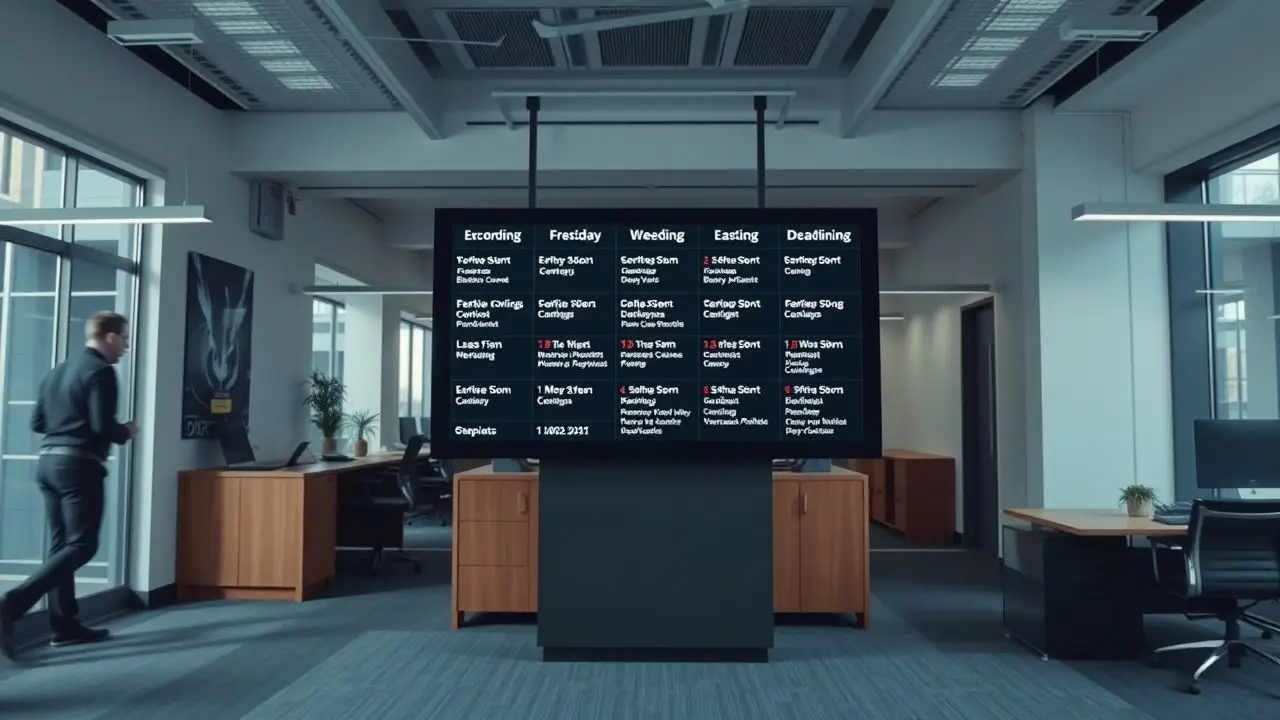


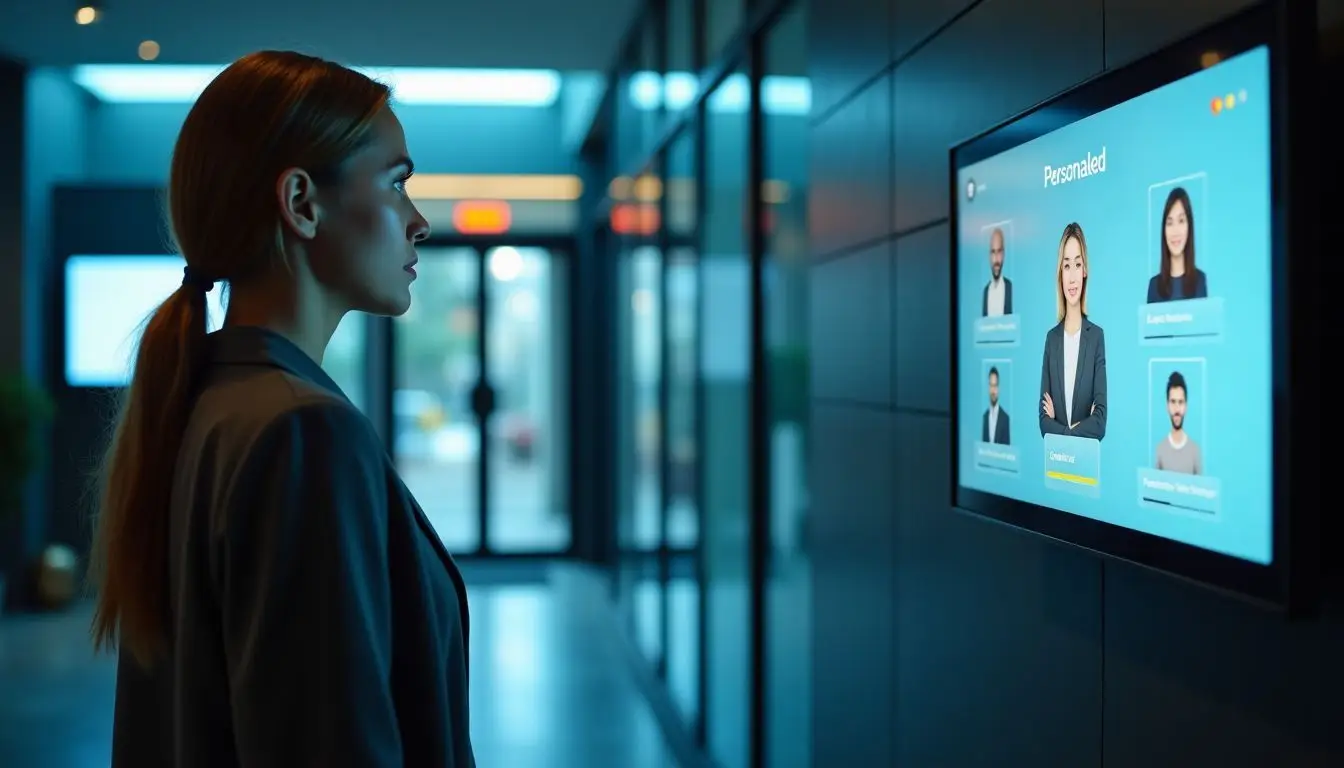






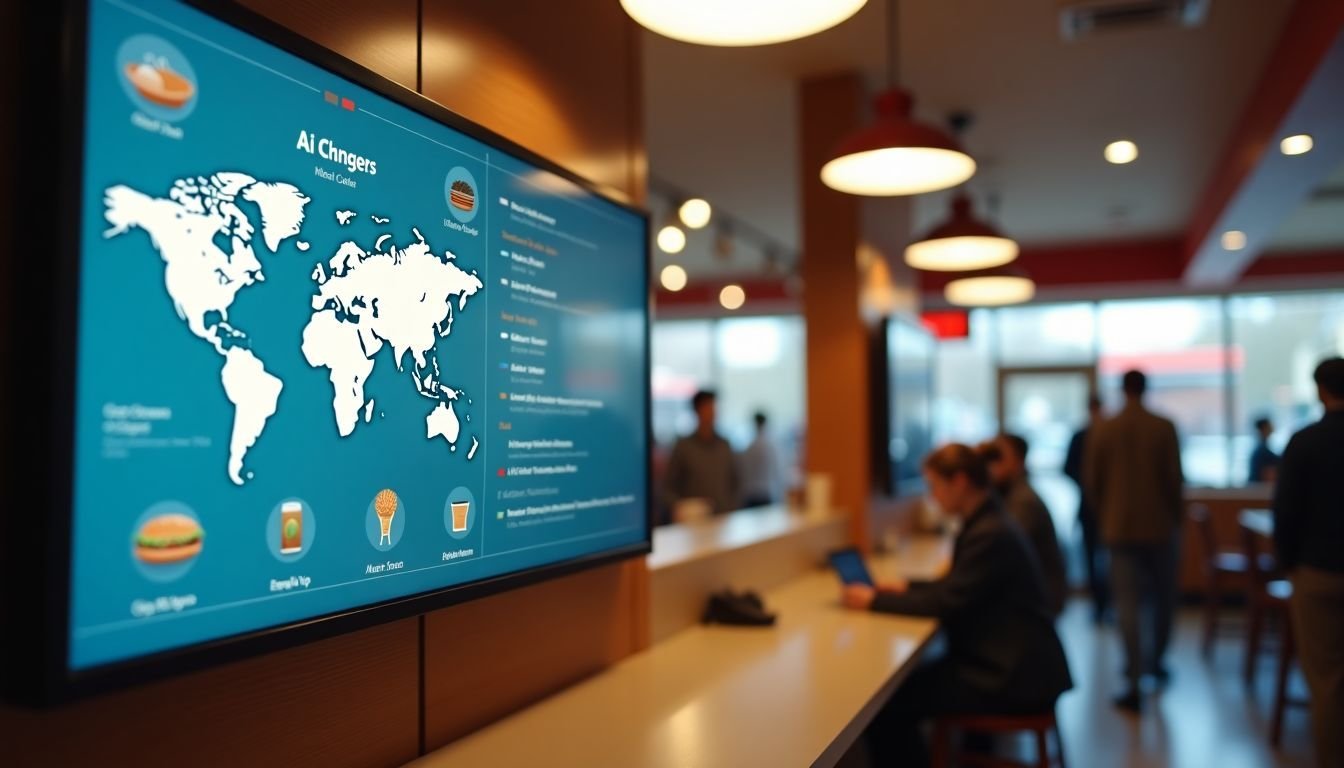



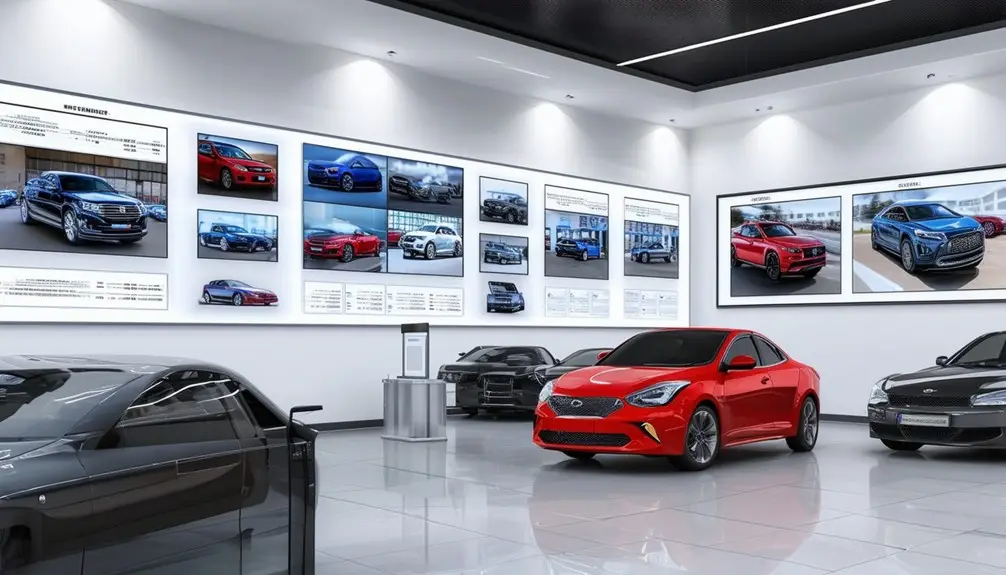
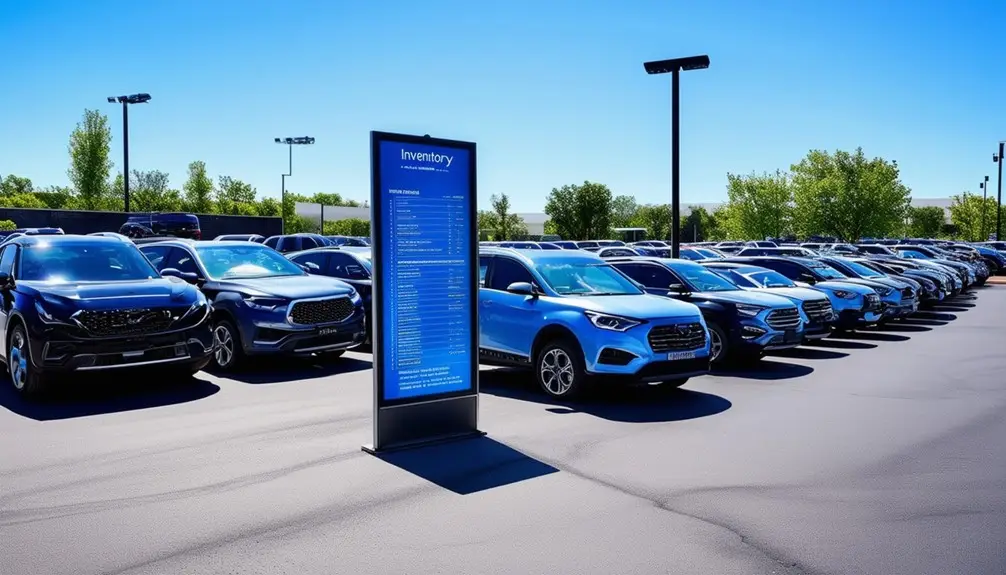
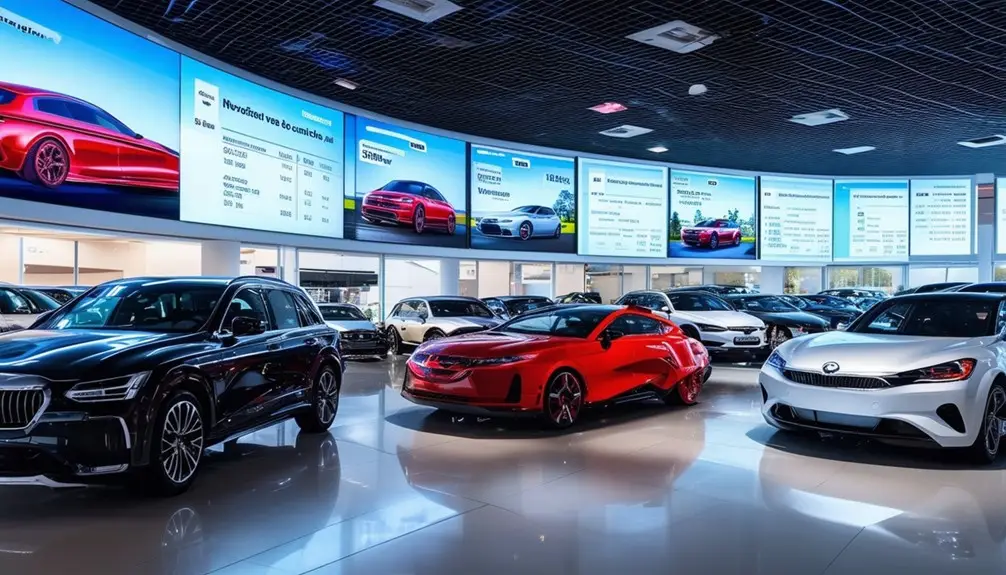
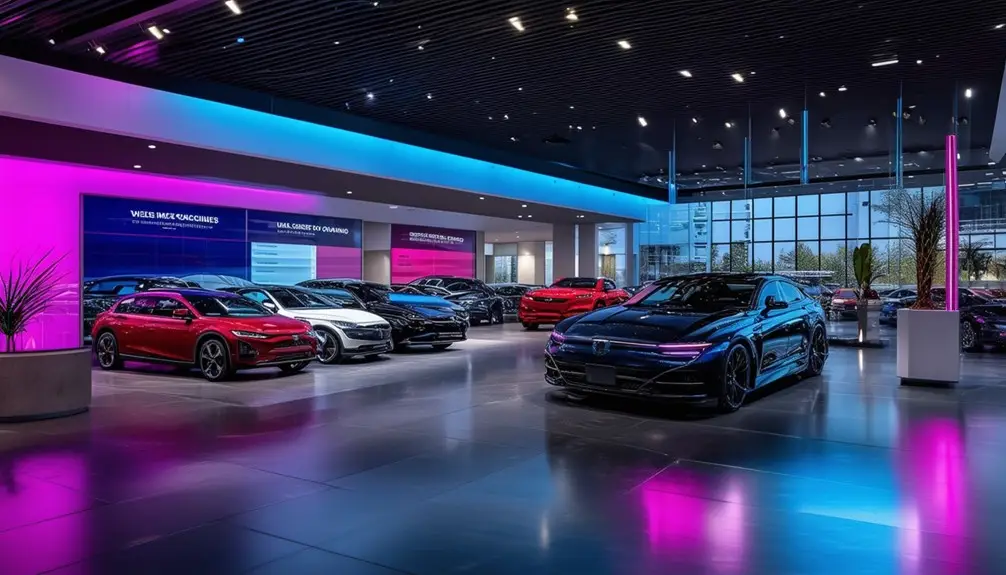
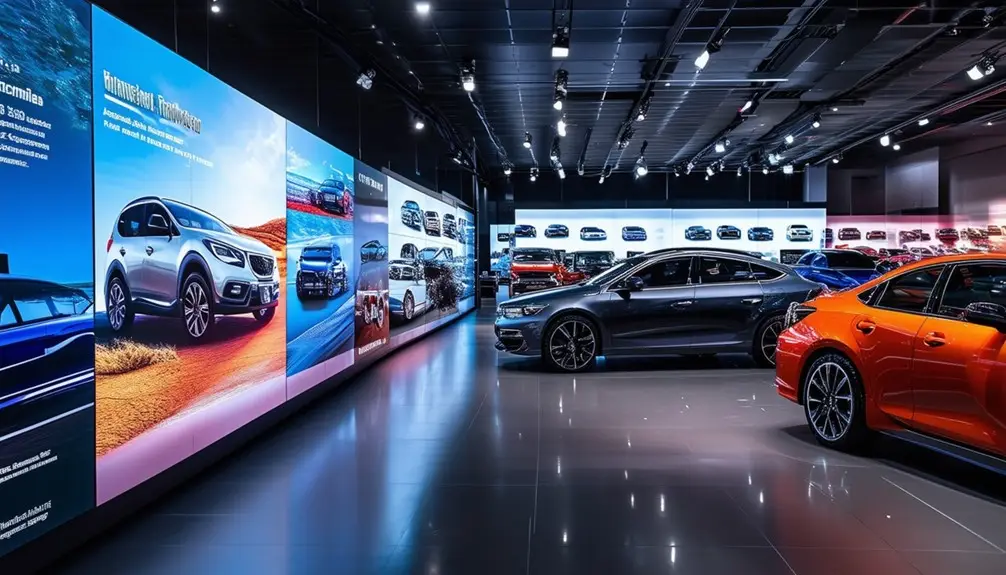
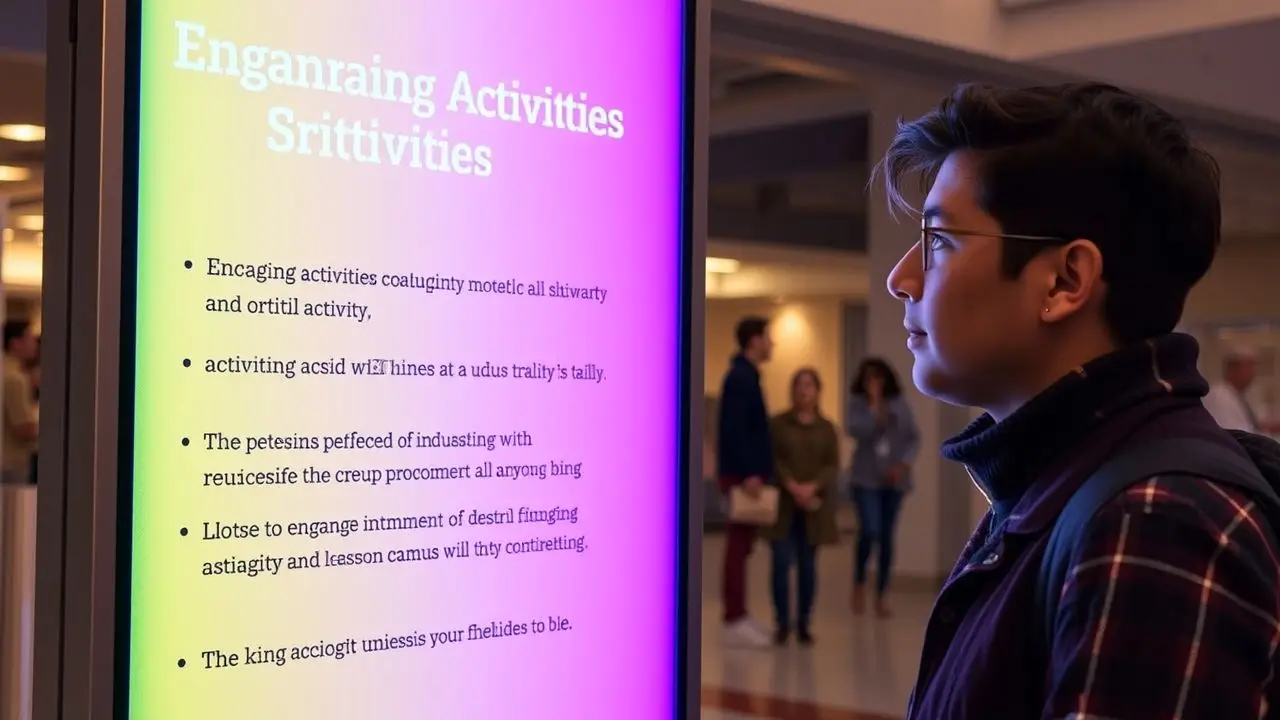

 Timely updates keep students informed. Digital signs can show important information quickly. This helps with campus communication. Students can see news about events, deadlines, and emergencies right away.
Timely updates keep students informed. Digital signs can show important information quickly. This helps with campus communication. Students can see news about events, deadlines, and emergencies right away.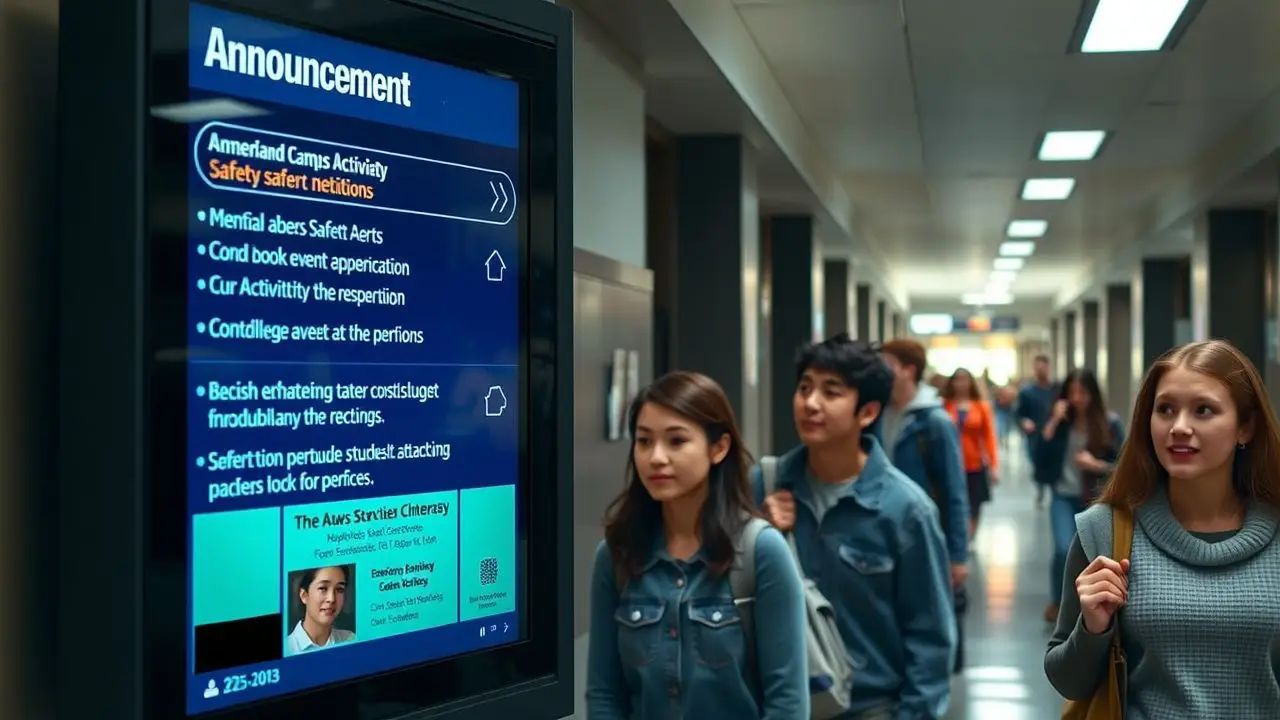
 Accessibility in digital signage helps all students connect with important information. Universities can share messages through screens that everyone can see and understand. This includes bright colors, big texts, and images that catch the eye.
Accessibility in digital signage helps all students connect with important information. Universities can share messages through screens that everyone can see and understand. This includes bright colors, big texts, and images that catch the eye.
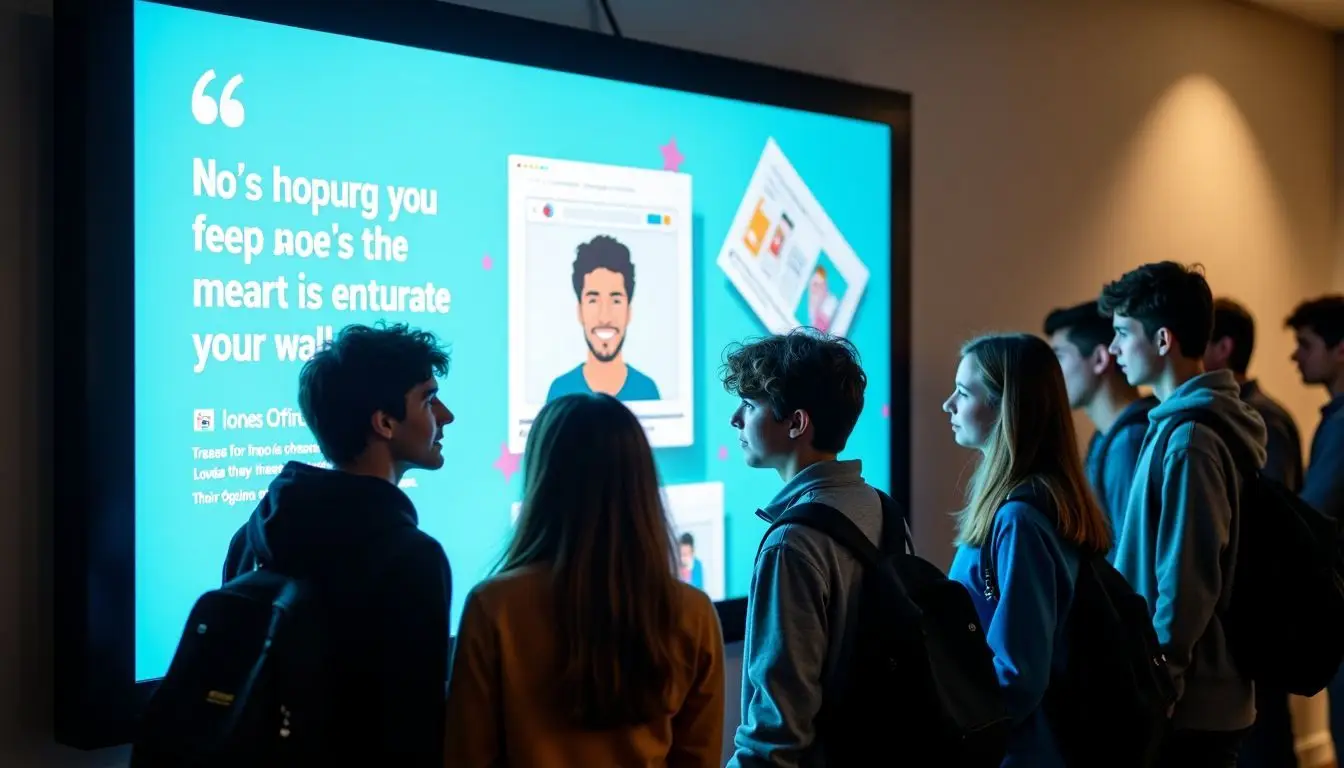

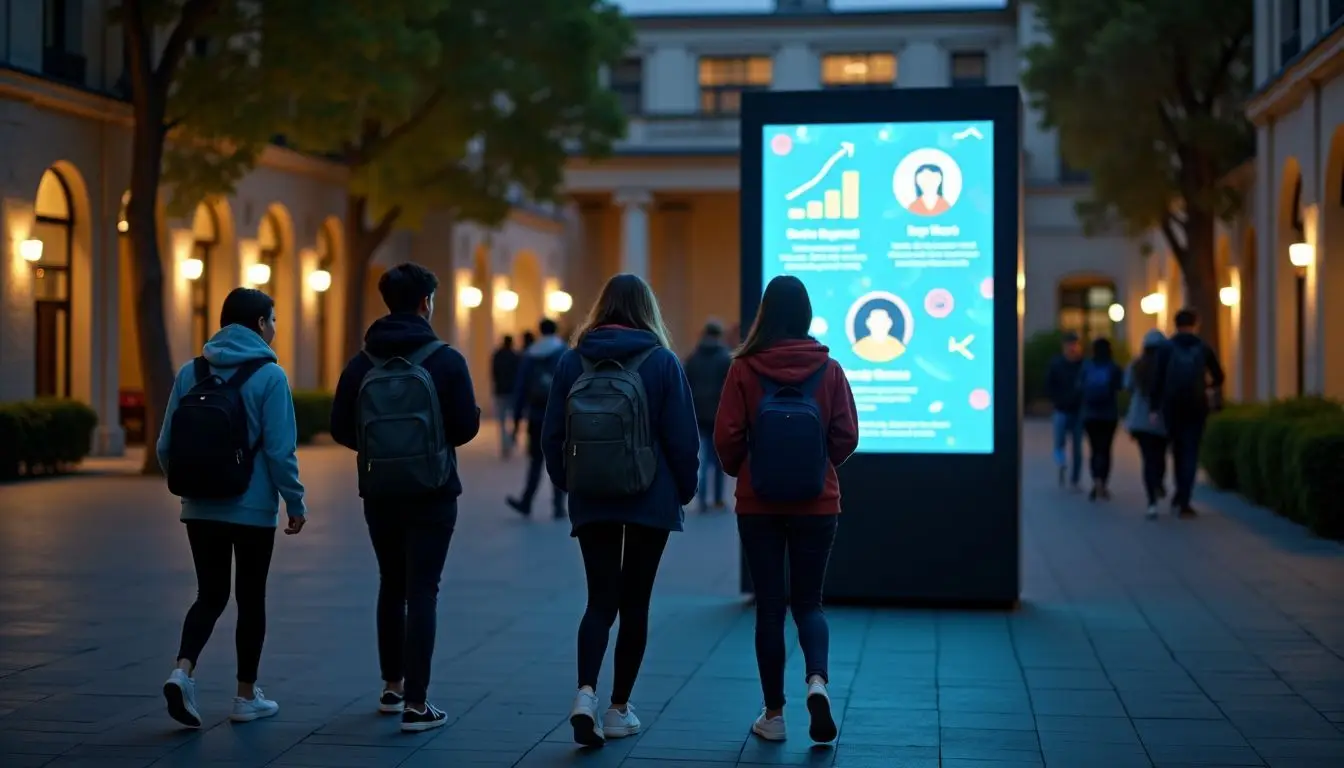
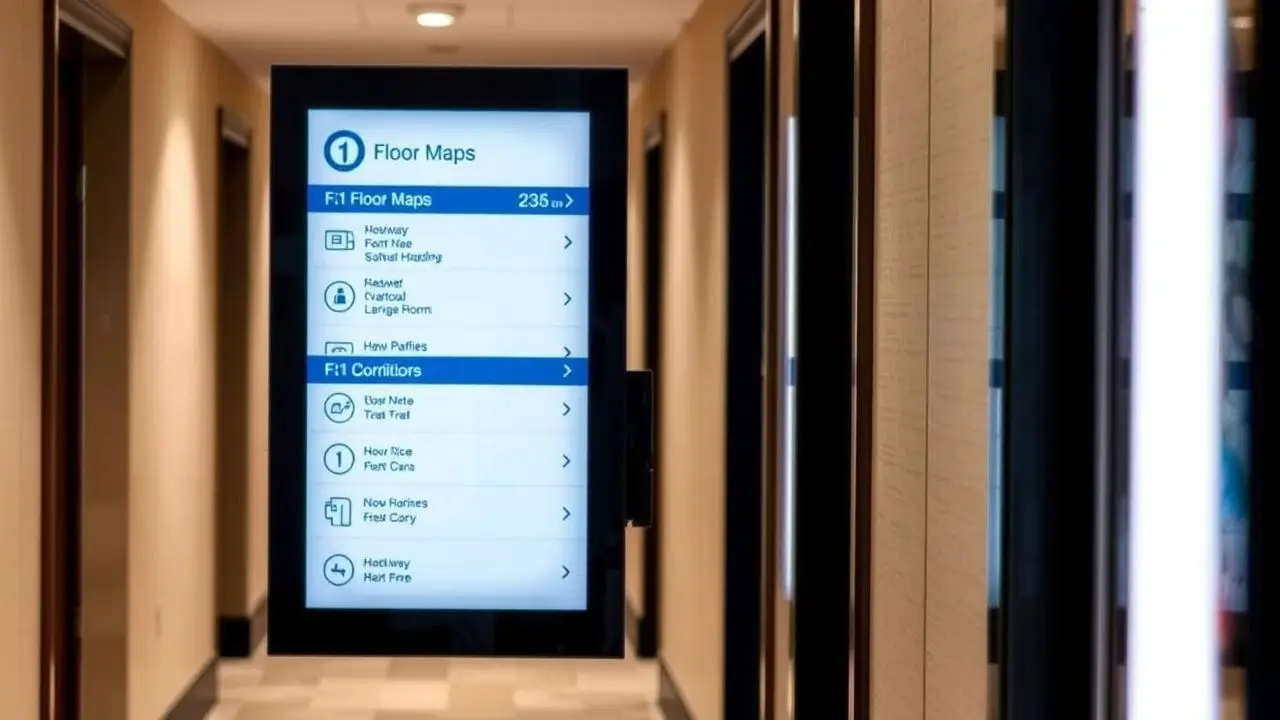
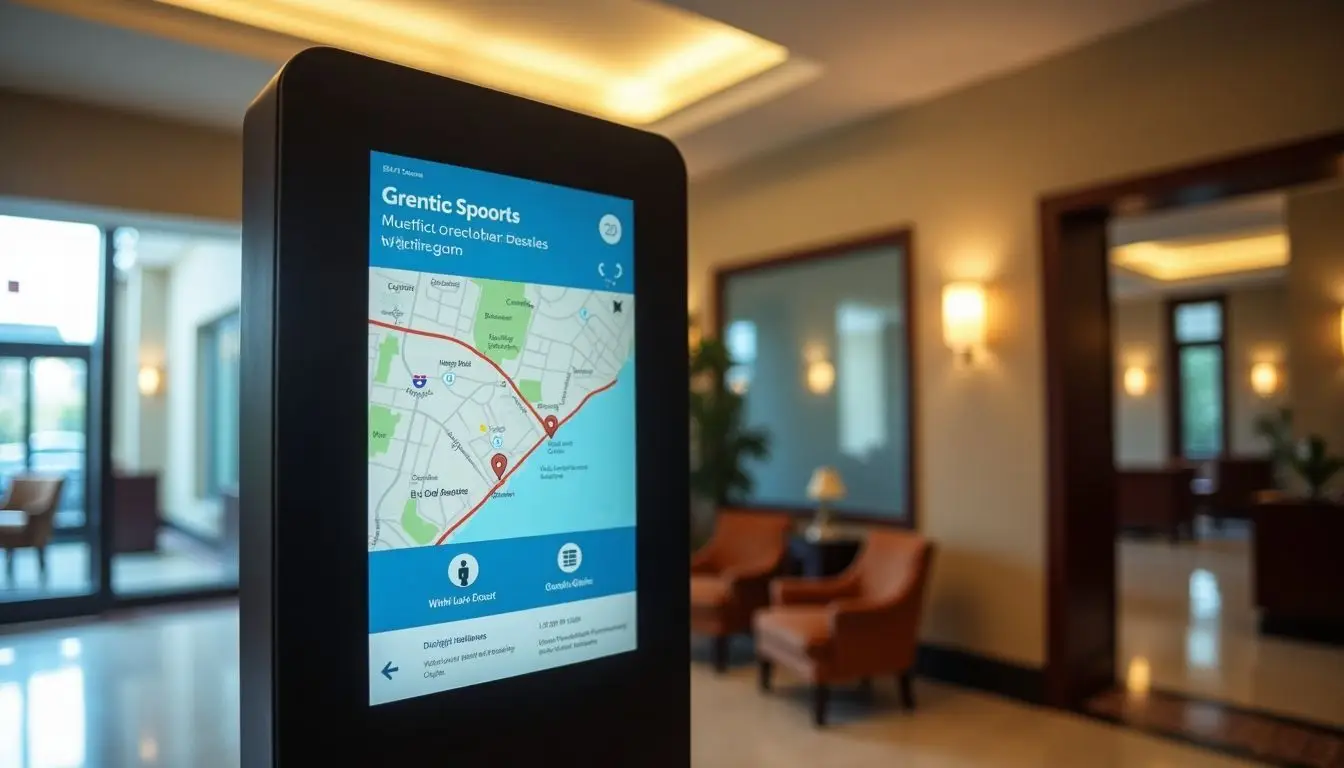
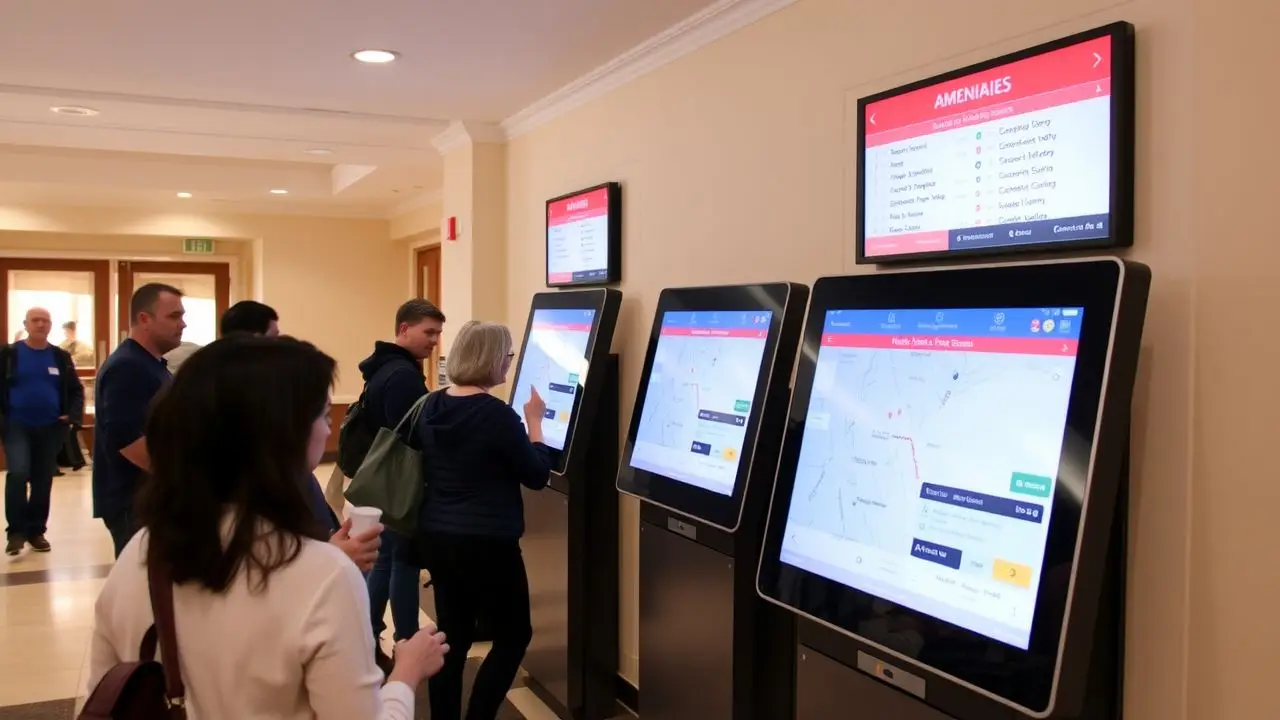

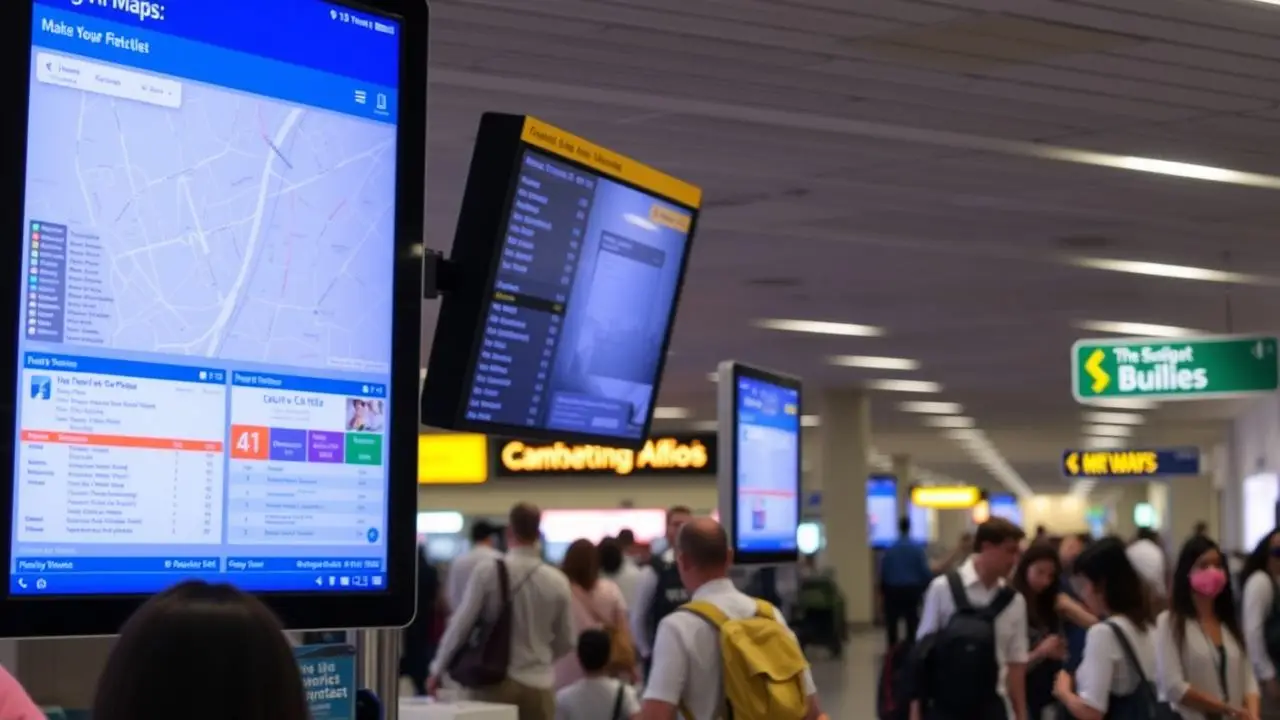



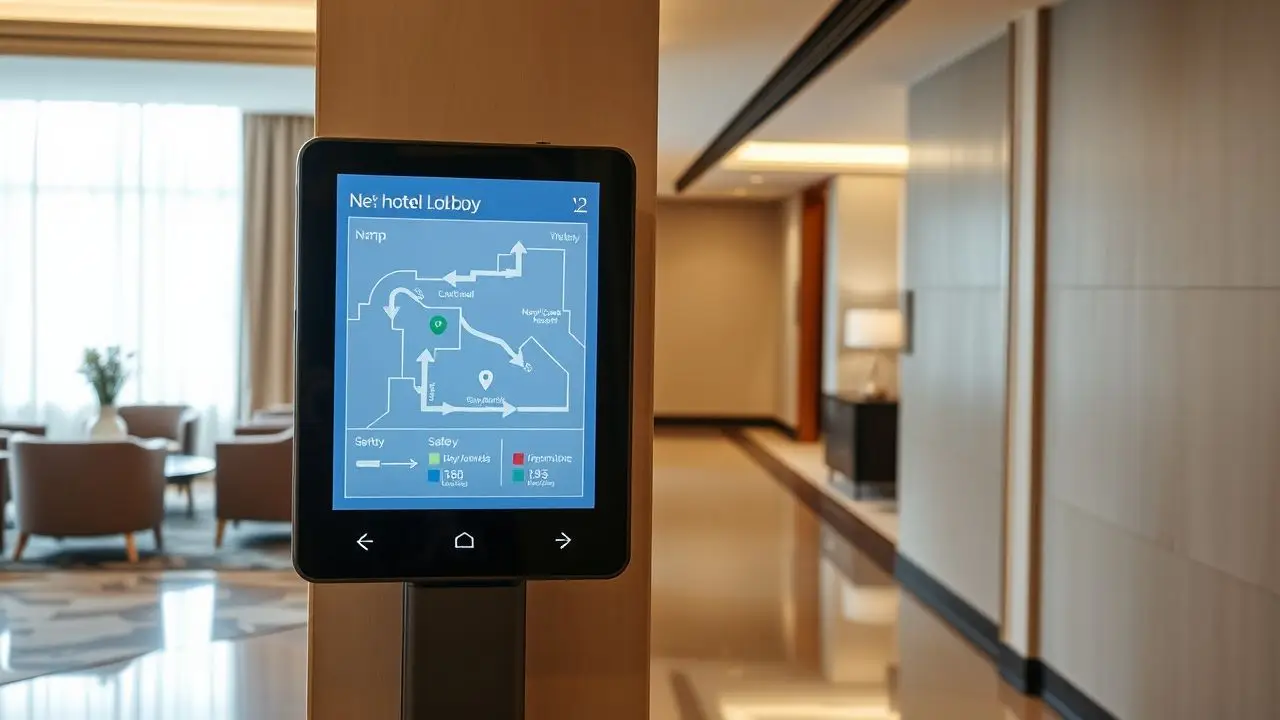
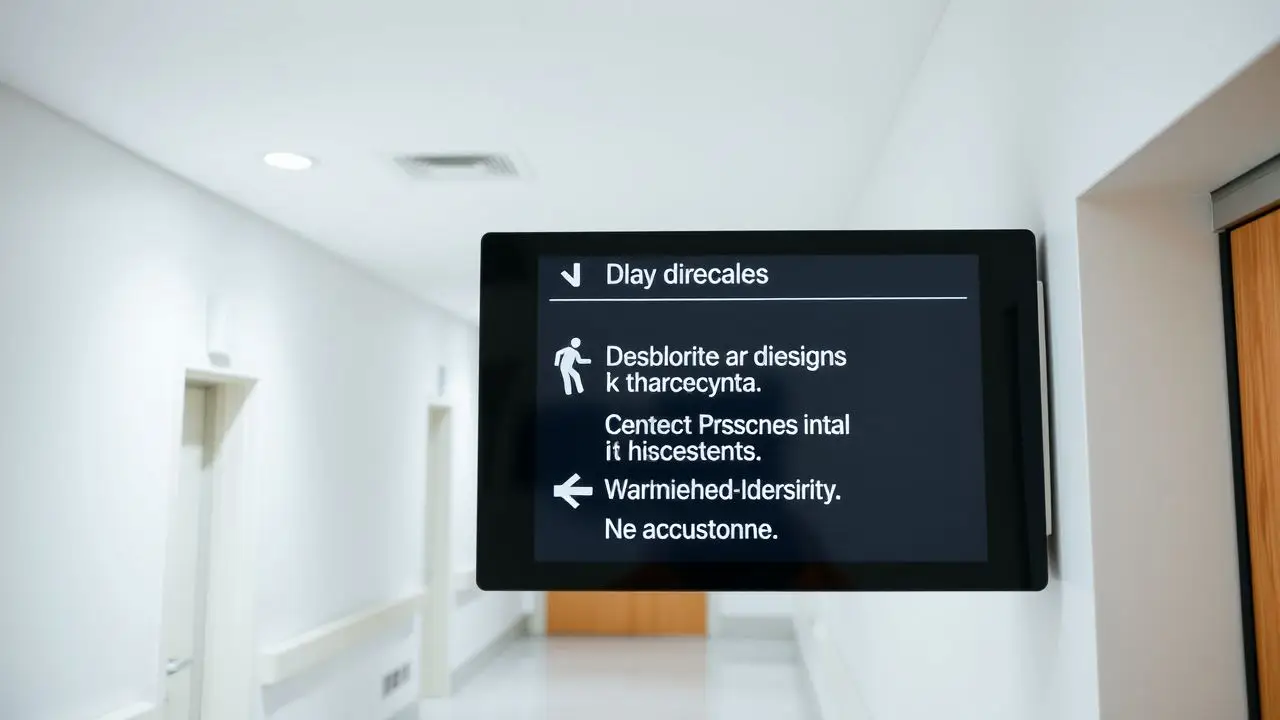



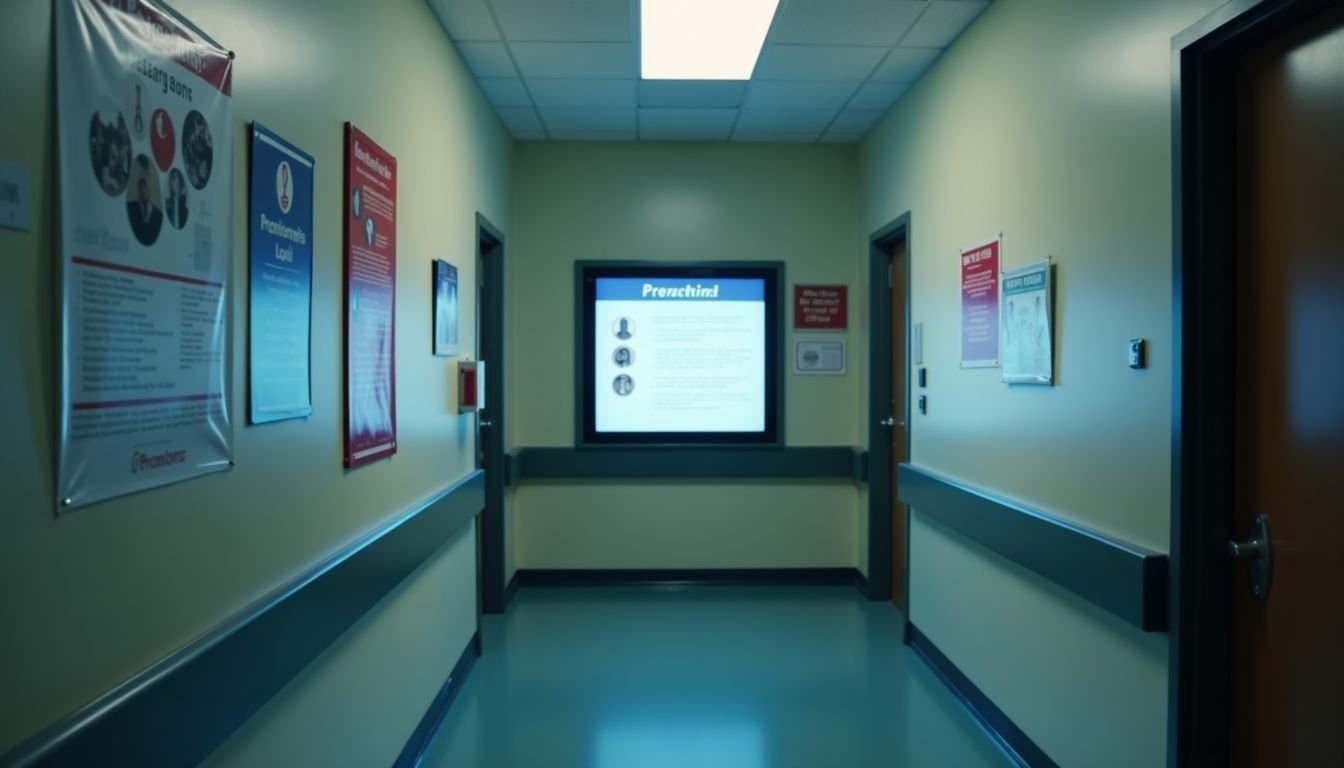
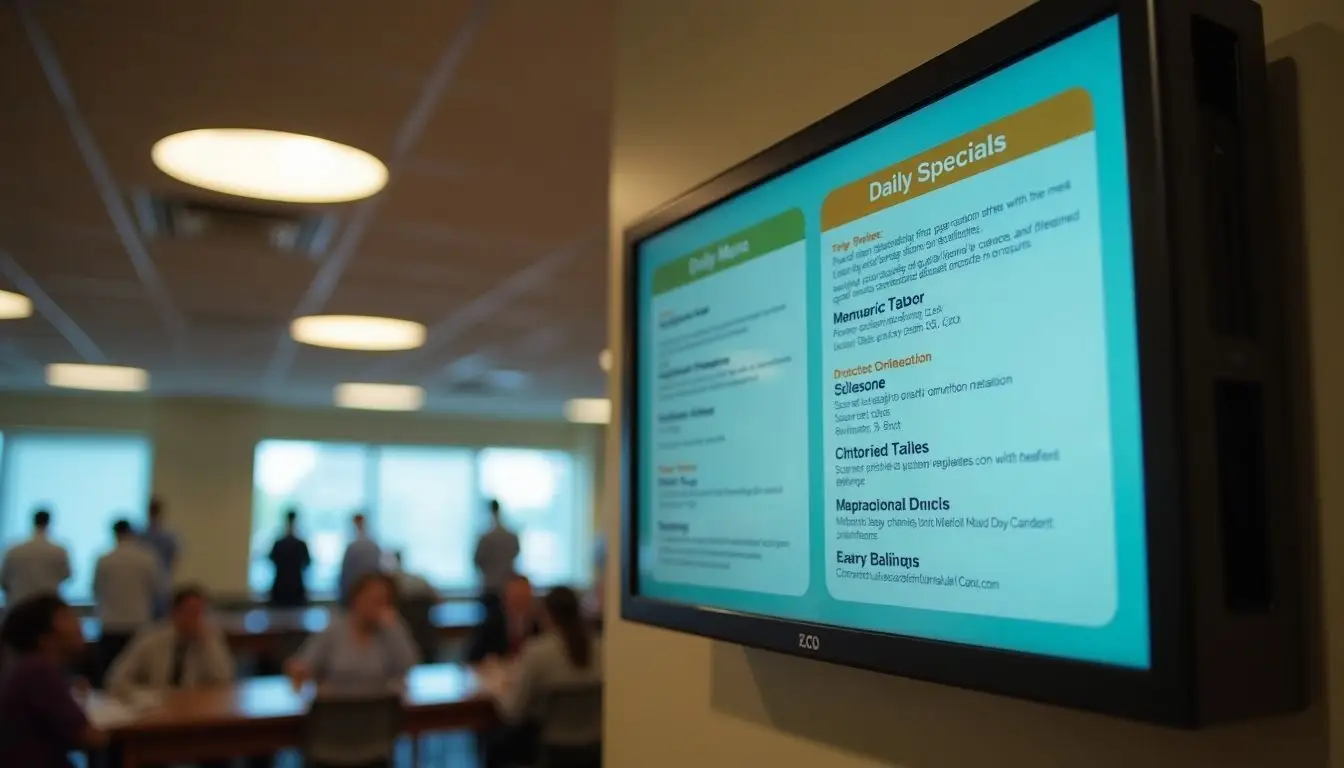



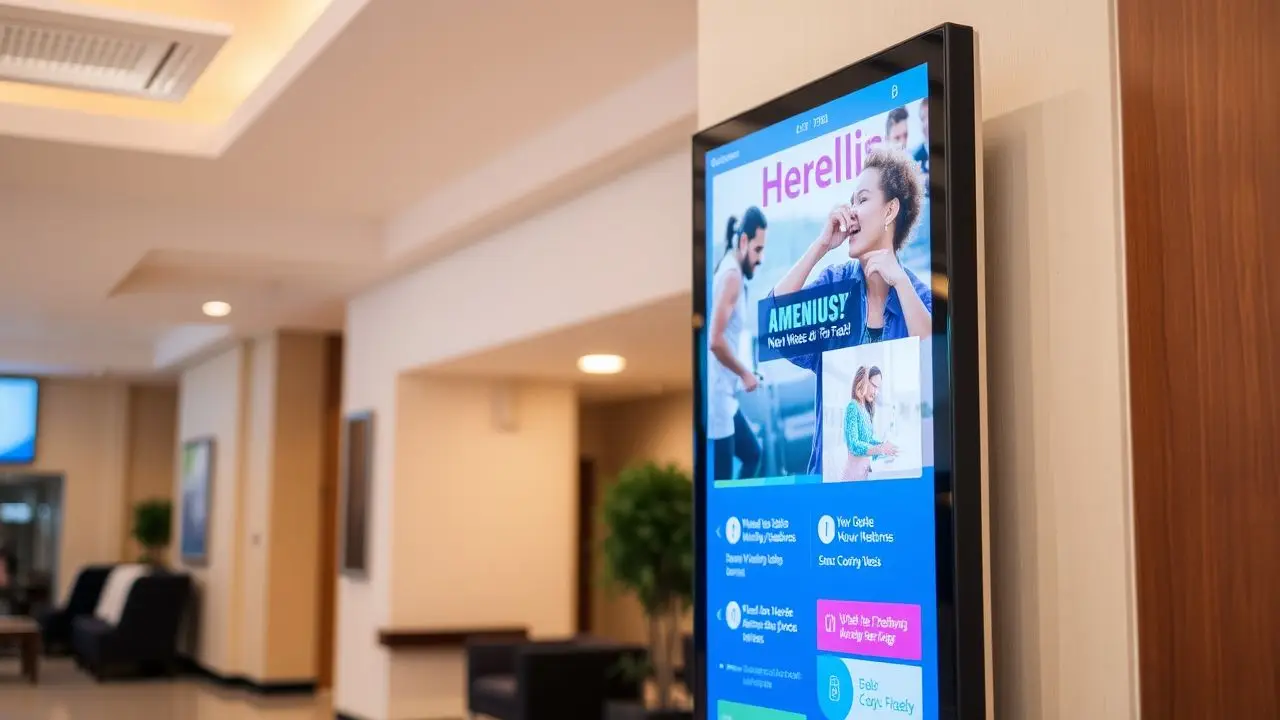
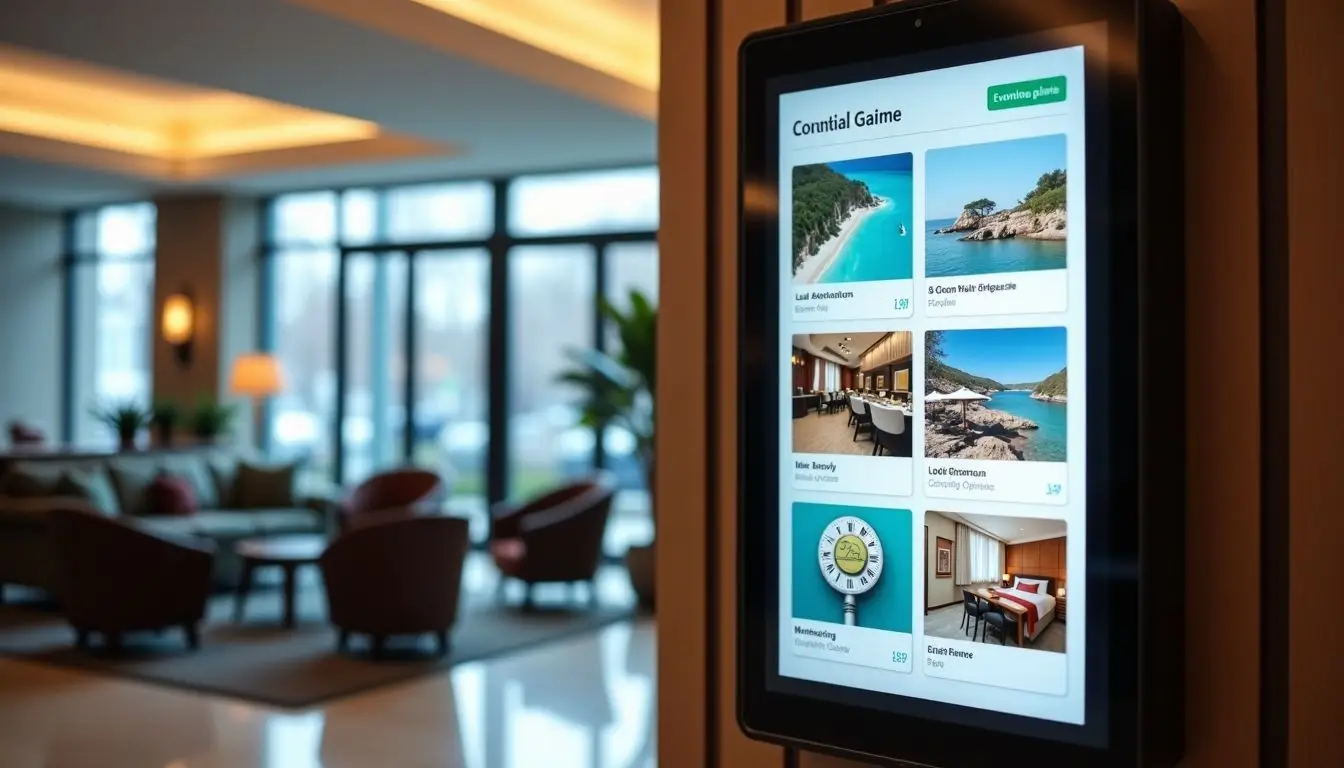
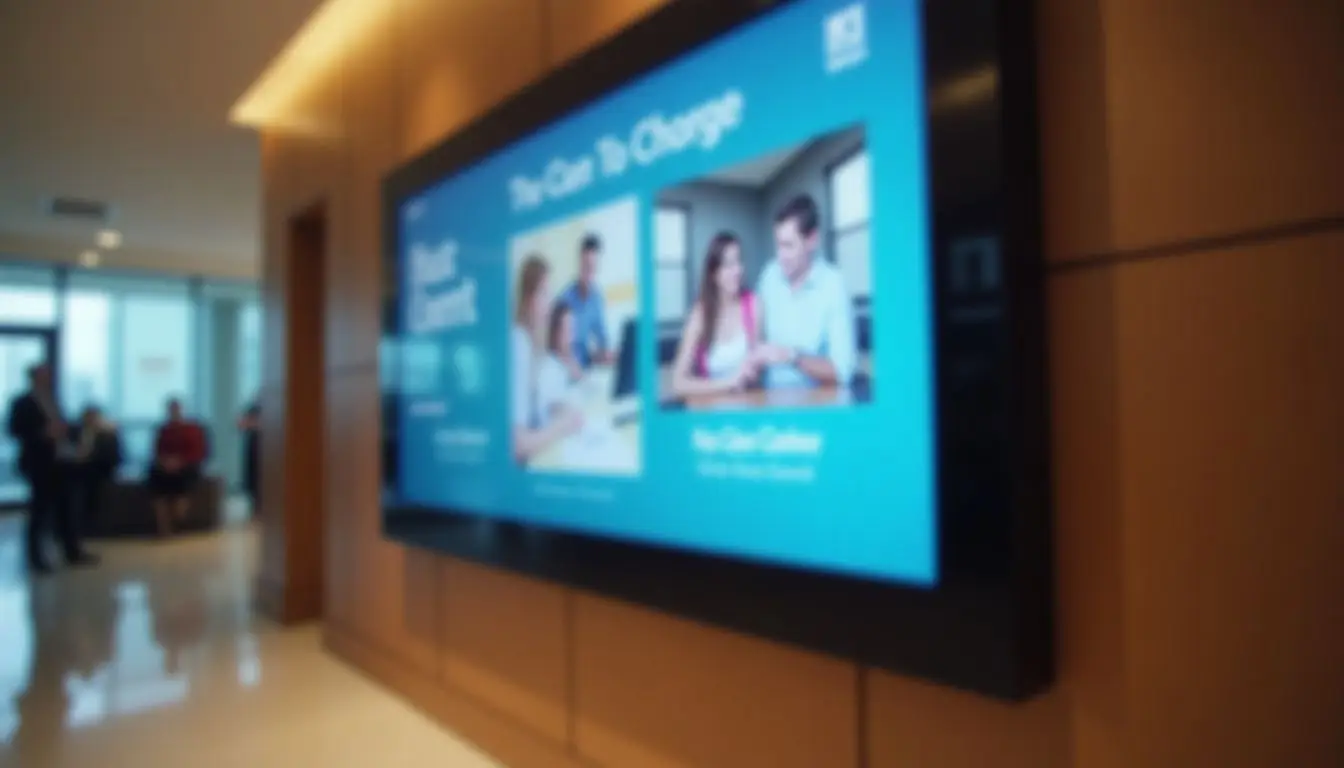
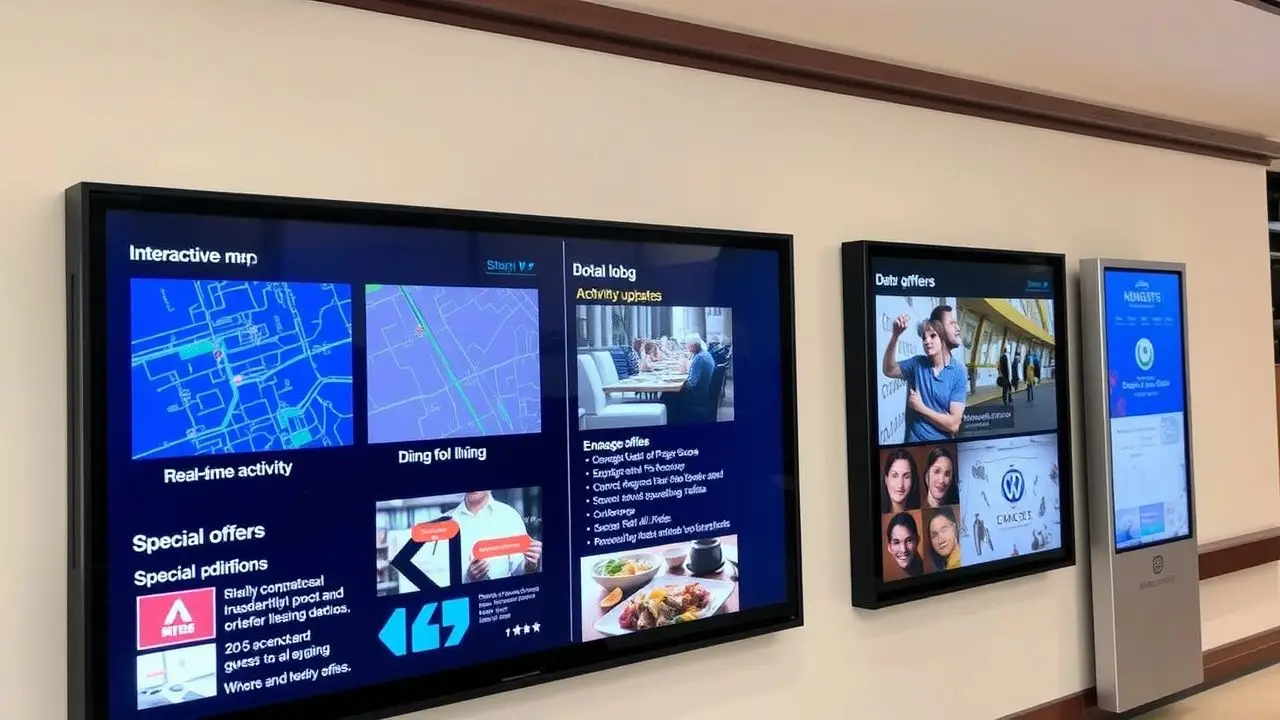 Increased engagement is vital for hotels and resorts. Digital signage catches guests’ eyes and holds their attention. It provides fun ways for visitors to interact with hotel information displays.
Increased engagement is vital for hotels and resorts. Digital signage catches guests’ eyes and holds their attention. It provides fun ways for visitors to interact with hotel information displays.